More Than Just Fabric: A Pro’s Guide to Skirt Silhouettes and Finding the Perfect Fit
After spending more years than I can count behind a sewing machine, I’ve come to see skirts as more than just fabric. They’re a fascinating puzzle of engineering. Seriously. It’s all about how you take a flat piece of cloth and convince it to beautifully wrap around a three-dimensional body. I learned this the hard way in my early days in a small bespoke shop, where my mentor—a tough-as-nails woman who didn’t miss a thing—would have me unpick an entire seam if a single stitch was off. It was maddening at the time, but she hammered home a lesson that has stuck with me forever: the real secret to a great skirt has nothing to do with trends. It’s all in the construction.
In this article
These days, you scroll online and are hit with a tidal wave of skirt styles with confusing names. But here’s the thing: once you get the basic principles, you realize there are really only a few core shapes. Everything else is just a variation on a theme. So, this guide isn’t about what’s ‘in’ this season. It’s about sharing the kind of nitty-gritty knowledge that comes from thousands of hours of pattern-making and fitting. We’ll dive into how a skirt is actually built, why some fabrics are a dream for certain shapes and a disaster for others, and how you can spot a well-made garment from a mile away. This is the stuff that helps you pick a skirt that doesn’t just look good on the hanger but feels like it was made for you.
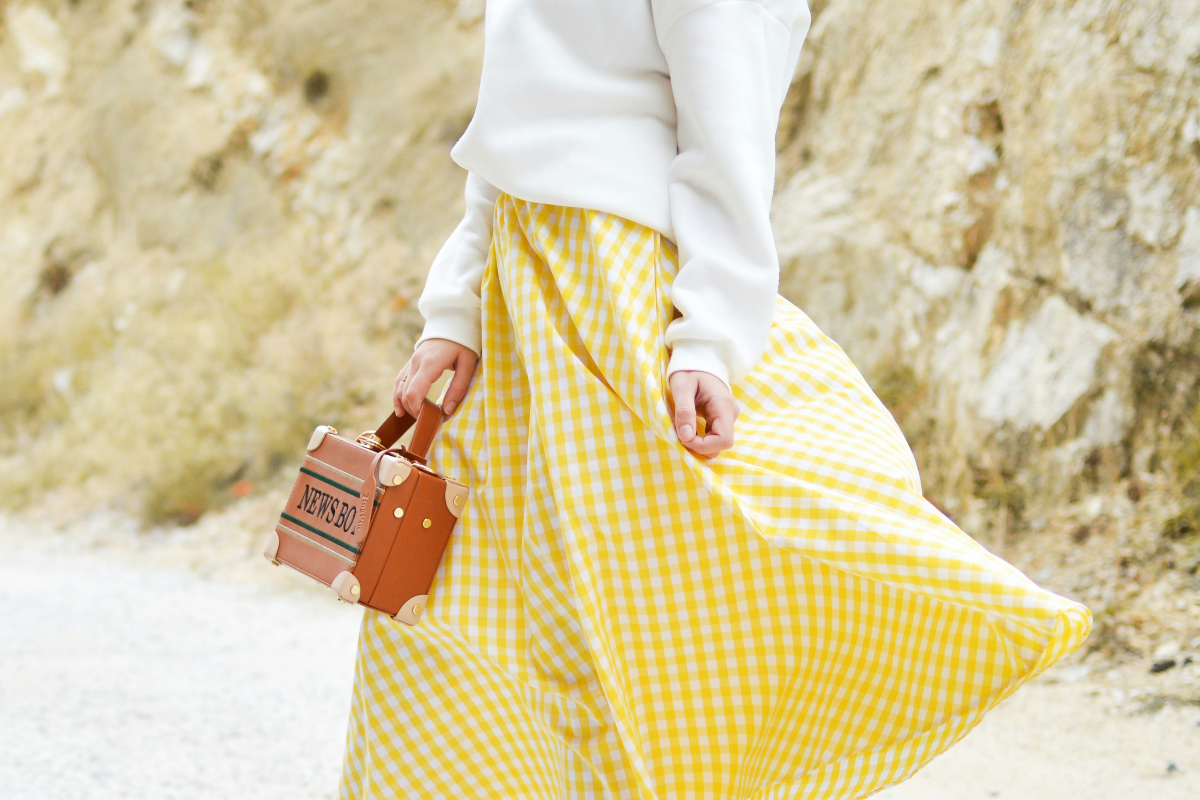
First Things First: Why Fabric Grain Is Everything
Before we even get to the pretty shapes, we have to talk about the material itself. You can’t build a solid house with shoddy materials, and you can’t make a great skirt with the wrong fabric—or, more often, with the right fabric used the wrong way. Every single piece of woven cloth has what we call a grain.
- Straight Grain: These are the threads running parallel to the finished edge of the fabric (that’s called the selvage). They’re the strongest and most stable part of the cloth, with almost no stretch. This is why foundational pieces like A-line or pencil skirts are almost always cut on the straight grain. It gives them structure.
- Cross Grain: These threads run side-to-side, perpendicular to the straight grain. They have a little more give. It’s less common for the main body of a skirt, but designers sometimes use it for a specific effect.
- Bias Grain: This is the magic angle—a 45-degree line between the straight and cross grains. Fabric cut on the bias has incredible stretch and drape. It clings and flows like nothing else. This is the secret behind slinky slip skirts, but it’s a beast to work with. If you’re not careful, a bias-cut seam will stretch and warp while you’re sewing it. I’ve seen beginners ruin yards of beautiful, expensive silk this way.
Honestly, understanding grain isn’t just nerdy tailor-talk. It’s the key to understanding quality. Ever had a cheap pencil skirt that twists around your legs when you walk? That’s almost always because the factory cut it slightly off-grain to cram more pattern pieces onto the fabric and save money. It’s a fatal flaw, and it’s your first clue for judging a garment.

The Core Skirt Families: A Quick Breakdown
I find it easiest to think of skirts in four main families, based on how they’re cut. If you can get your head around these, you can identify pretty much any skirt out there. Instead of a rigid chart, let’s just chat about them one by one.
1. The Straight Skirt: Sleek and Structured
This is the workhorse of many wardrobes. The defining feature here is that the hem is about the same width as the hips—it doesn’t flare out. Think streamlined and polished.
Who it’s great for: Anyone looking for a sharp, professional silhouette that elongates the body. It’s a classic for a reason.
Heads up: Fit is absolutely critical. Because it’s so close to the body, any pulling or gaping will be obvious. Movement can also be restricted.
Best fabrics: You need something with some substance. Think wool crepe, a sturdy cotton twill, or a stable ponte knit. A little bit of stretch (2-3% spandex) is a lifesaver for sitting down. From my experience, a cheap, flimsy fabric will show everything you don’t want it to.
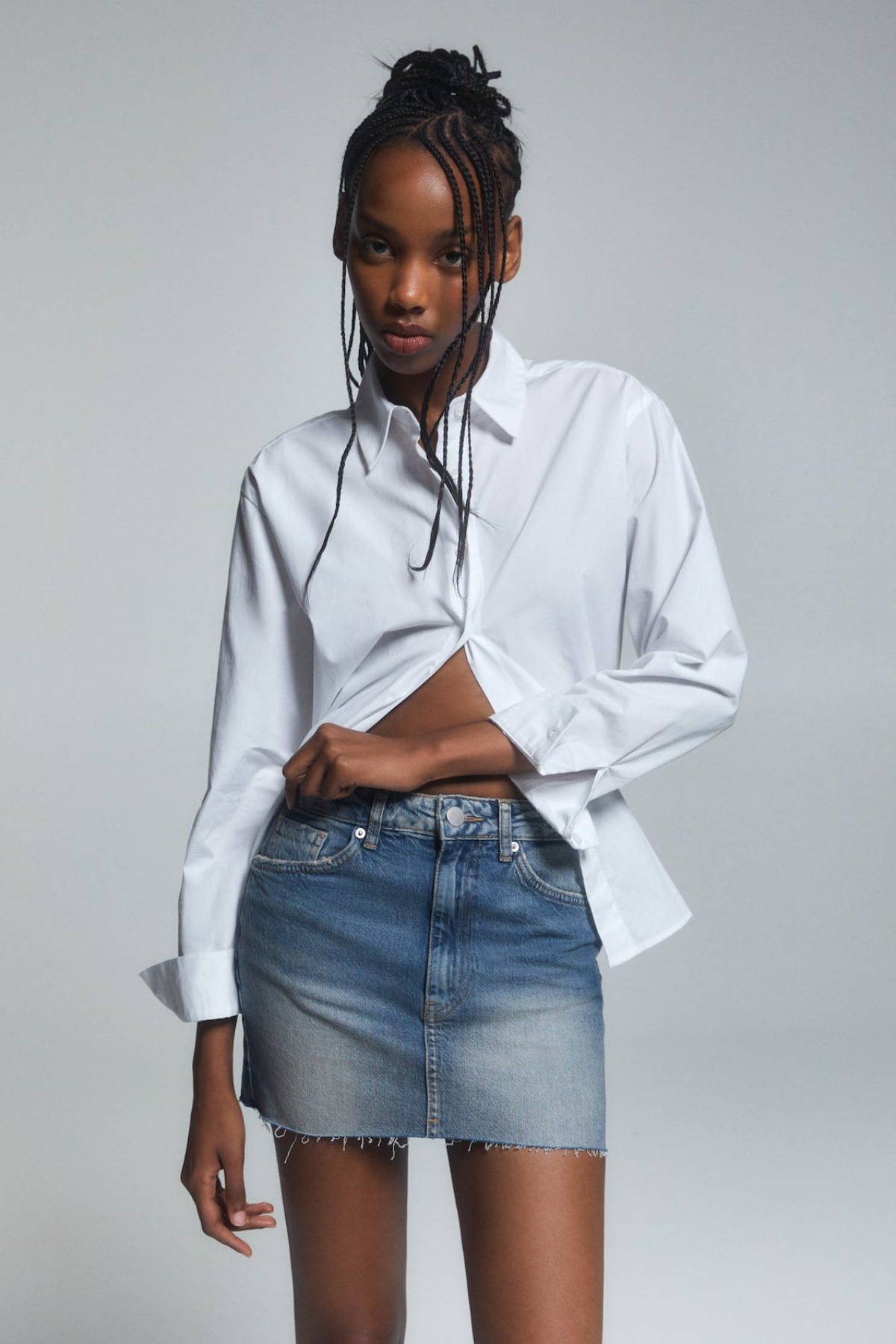
The classic pencil skirt is the perfect example. A well-made one isn’t just a rectangle; it has darts at the waist to create that essential curve from waist to hip. The hem is also cut to be slightly narrower than the hips, which is what gives it that signature ‘pencil’ shape and also why it must have a vent or slit in the back. Without it, you’d be taking tiny, shuffling steps! A good tailor can often disguise a vent as a deep, inverted pleat if you want more coverage without sacrificing your stride.
Quick tip: If you’re trying one on and see horizontal wrinkles across your stomach, it’s too tight at the hips. If it gapes at the small of your back, that’s a super common issue that a tailor can easily fix by deepening the darts. This is called a ‘swayback adjustment’ and might cost you between $20 and $40, but it makes a world of difference in how the skirt looks and feels.
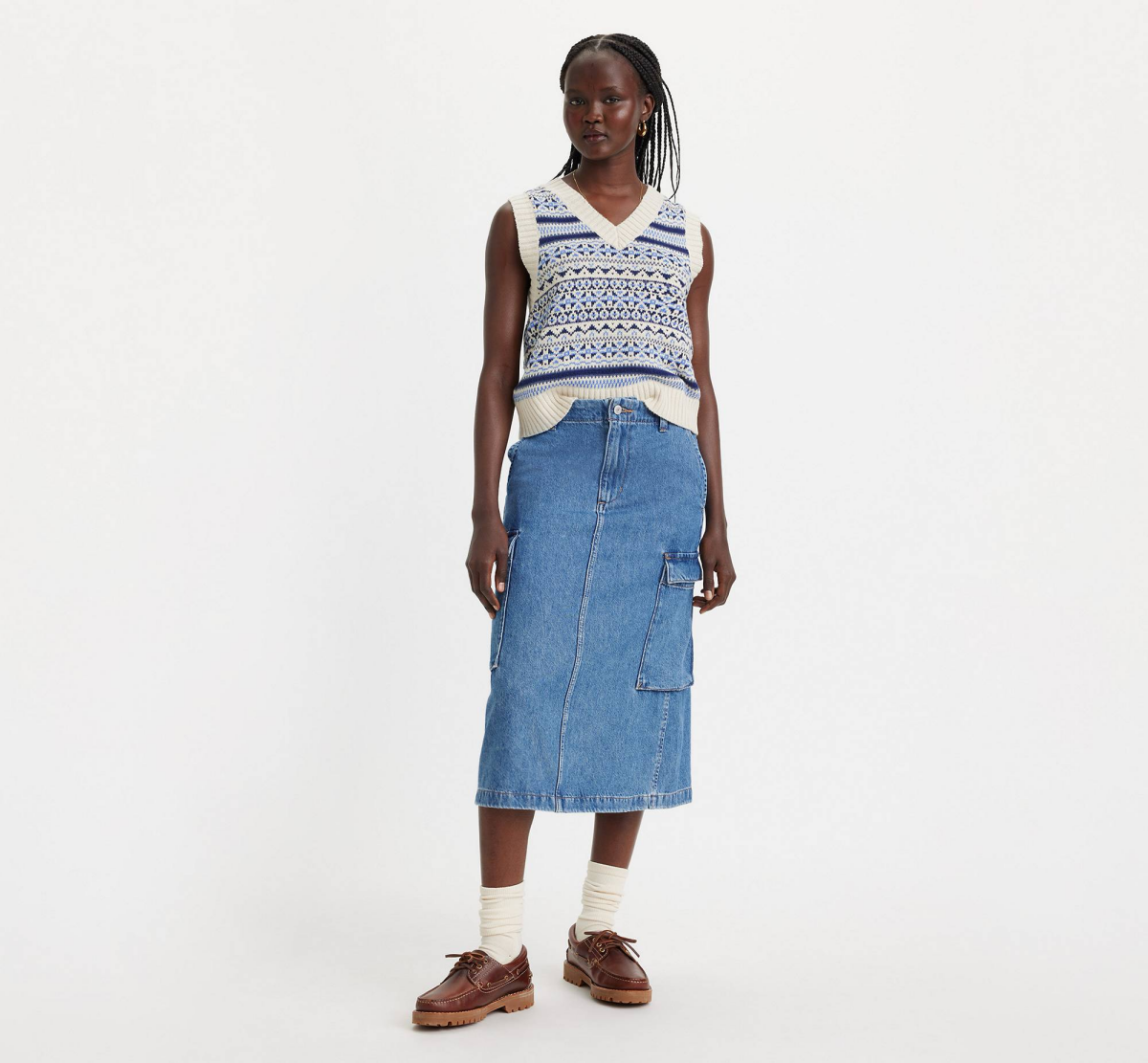
2. The A-Line Skirt: Forgiving and Oh-So-Versatile
The A-line is a total classic for good reason. It’s fitted at the waist and then gently flares out to the hem, creating a shape like the letter ‘A’. It’s a universally flattering silhouette because it defines the waist while gracefully skimming over the hips and thighs.
Who it’s great for: Honestly, just about everyone. It’s a fantastic, balanced shape that’s comfortable and easy to wear.
Heads up: The length and the stiffness of the fabric can dramatically change the look. A short, crisp A-line feels preppy, while a long, drapey one feels more bohemian.
Best fabrics: This shape is a chameleon! Crisp cotton or denim gives you a structured A-shape. Softer fabrics like viscose or a lightweight wool will have more swing and movement.
A more sophisticated version is the gored skirt. Instead of just a front and back piece, it’s made of multiple triangular panels called ‘gores’. This distributes the flare more evenly and creates a beautifully smooth line over the hips. It’s a more advanced construction that uses more fabric, which is why you’ll often see gored skirts with a higher price tag.
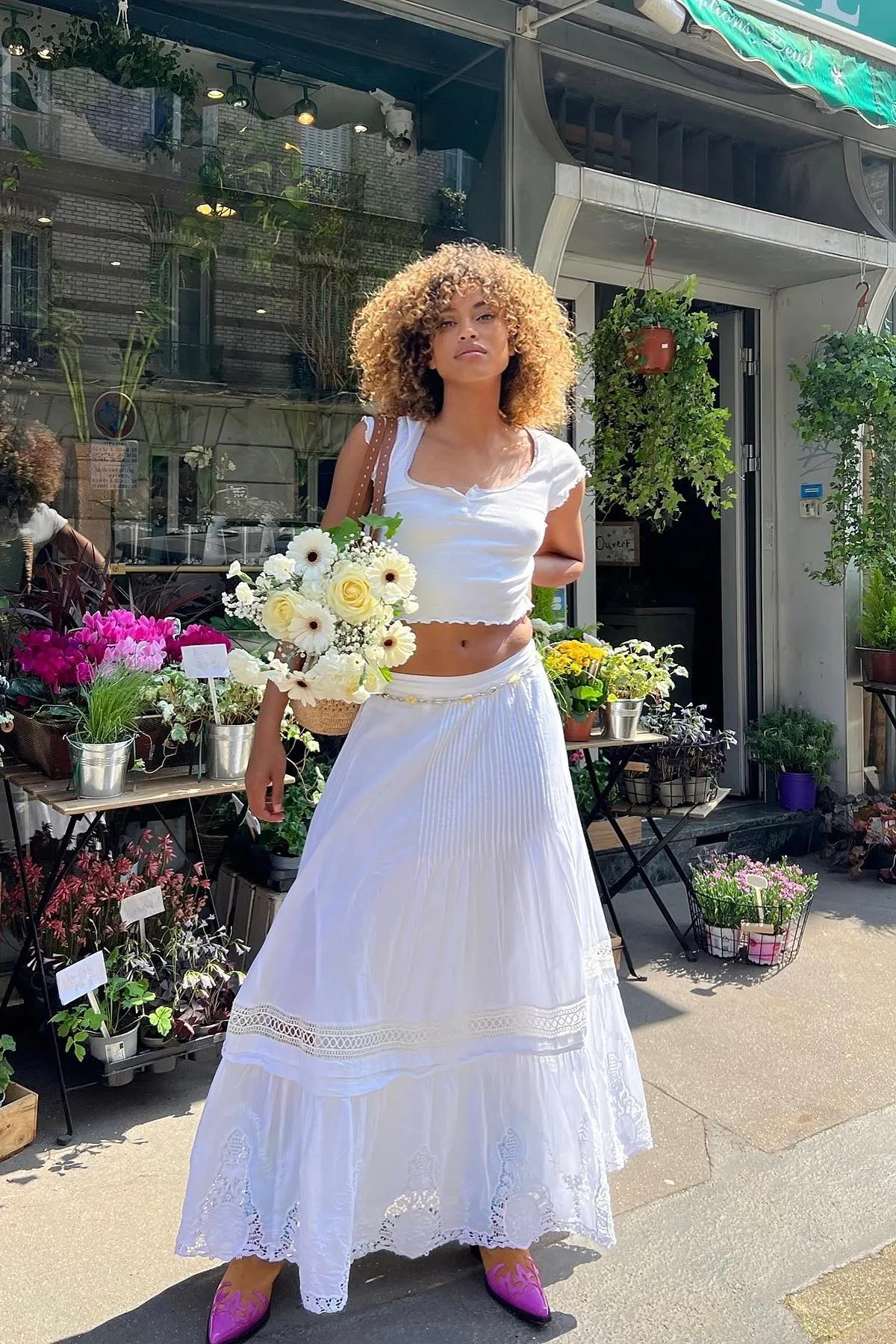
3. The Circular Skirt: All About Drama and Movement
This skirt family is all about the cut. The pattern isn’t made of straight-sided panels but is literally a section of a circle with a hole in the center for your waist. Maximum twirl factor!
Who it’s great for: Anyone who loves a bit of drama and a vintage-inspired feel. It creates an instant hourglass figure.
Heads up: A full circle skirt uses a ton of fabric and can feel bulky. Also, be careful with very long, full skirts—they can be a hazard around car doors or escalators. You hear horror stories about hems getting caught, so just be mindful!
Best fabrics: Lightweight fabrics like cotton lawn or chiffon will feel floaty. Heavier knits like a scuba knit are popular for modern, shorter ‘skater skirts’ because they hold the shape without needing a petticoat.
A full circle skirt, if you lay it flat, would form a complete donut. This creates incredible volume, but it also means much of the hem is on the very stretchy bias grain. Here’s a pro secret: to hem one correctly, you must let the skirt hang for at least 24 hours before you touch the hem. This allows the bias sections to droop under their own weight. If you hem it right away, you’ll get a wavy, ugly finish. Patience is a tailor’s best friend here—it’s a non-negotiable step!
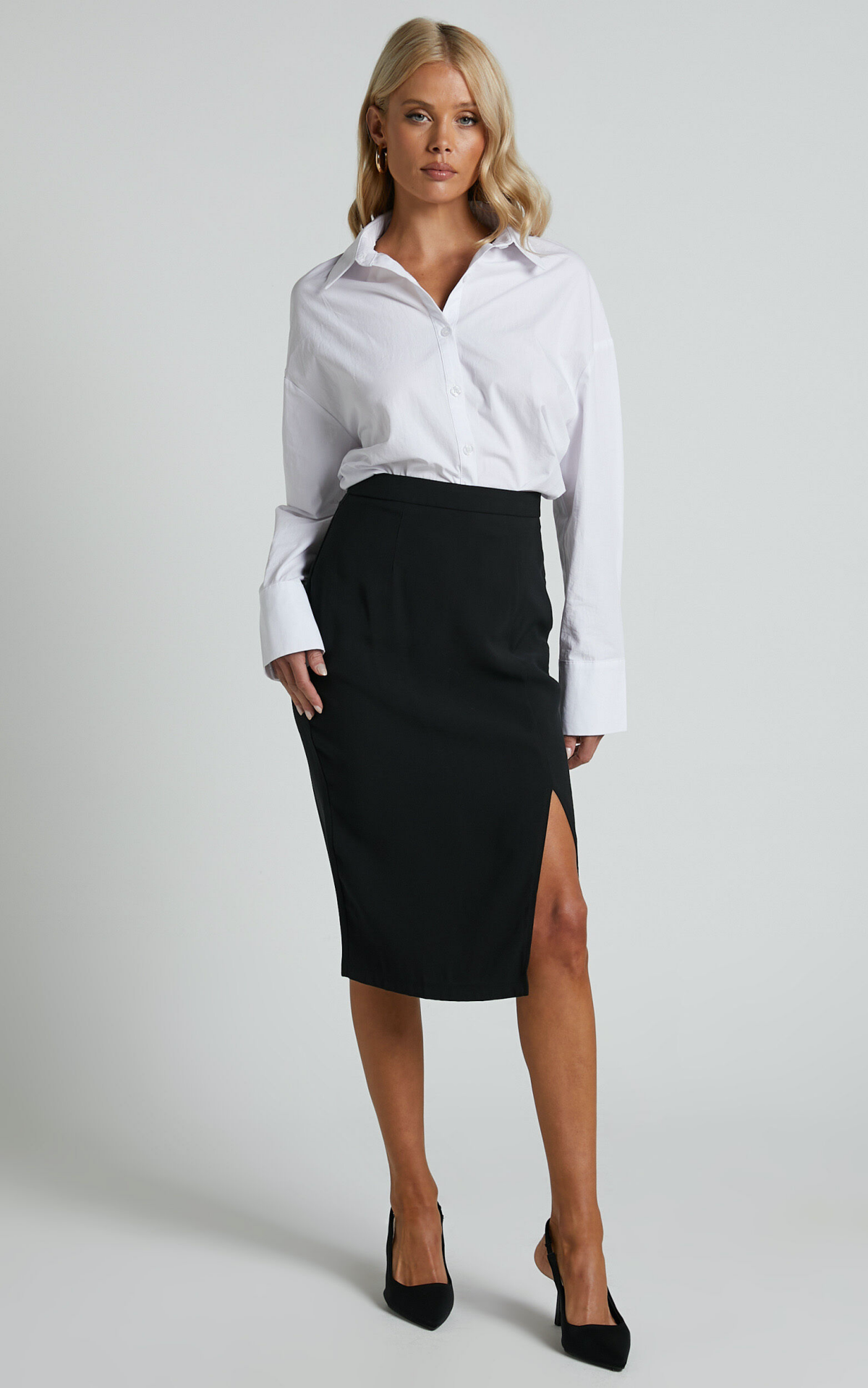
4. The Gathered & Pleated Skirt: Adding Texture and Volume
This last family creates fullness in a totally different way. Instead of cutting the flare into the shape of the pattern, you start with a big rectangle of fabric and cinch it in at the waist, either with soft gathers or structured pleats.
Who it’s great for: Those who want to add volume. Pleats offer a more structured, preppy look, while gathers feel more romantic and relaxed.
Heads up: All that fabric gathered at the waist can add visual bulk. This is why it works best with lightweight, airy fabrics.
Best fabrics: For gathers, think light-as-air cotton voile, chiffon, or rayon. For crisp pleats, you need fabrics that hold a crease well, like wool or polyester blends. In fact, those sharp accordion pleats can only be permanently set in synthetic fabrics using industrial heat and pressure.
A simple gathered skirt is a fantastic first project for a beginner sewer—you could probably make one in an afternoon, maybe 3-4 hours. But pleated skirts? That’s a different story. Measuring and pressing pleats requires intense precision, and altering them is a job best left to a pro.
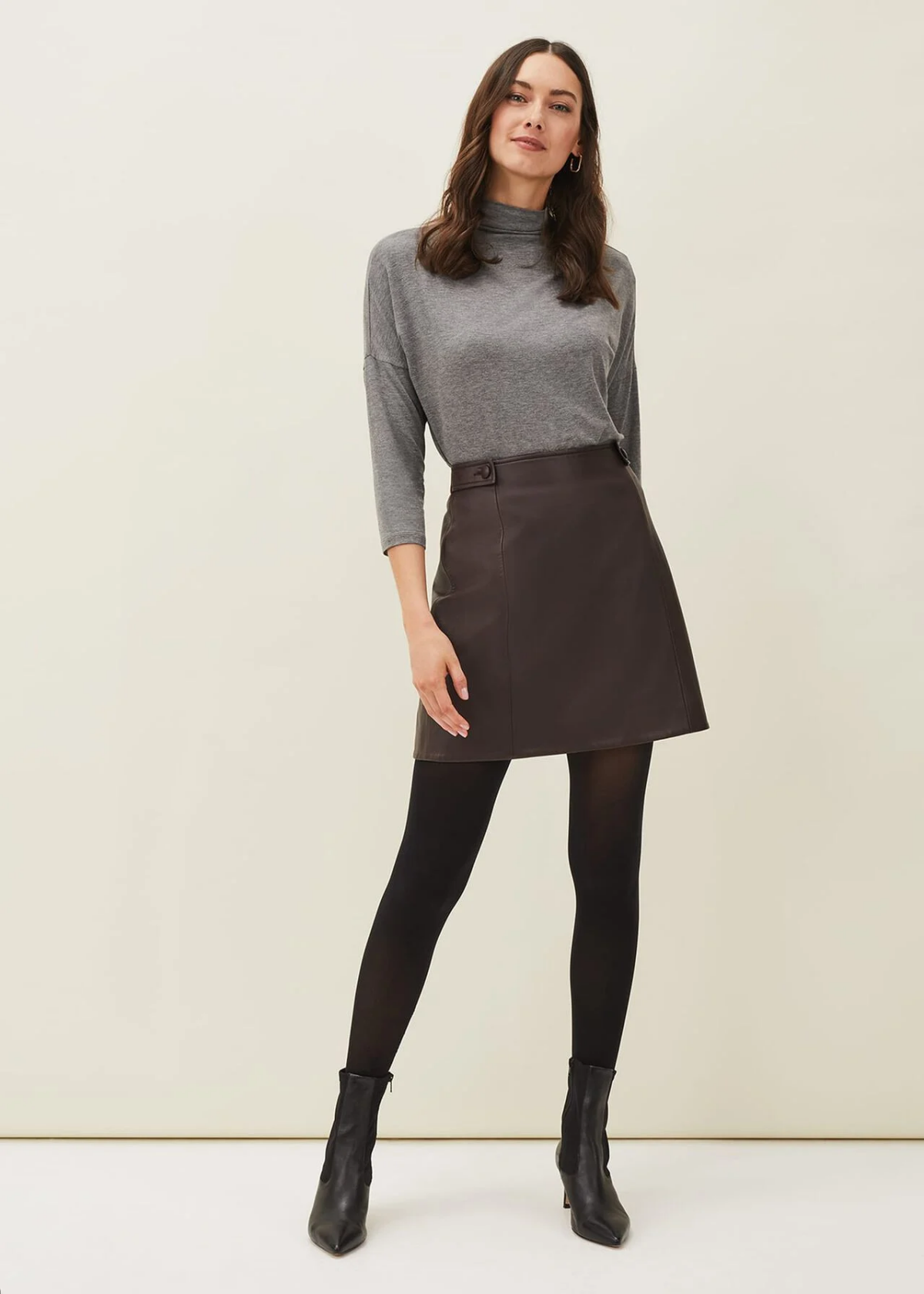
The Ultimate Dressing Room Checklist
Okay, so you’re in the store. How do you use this knowledge? Here’s a quick mental checklist to run through before you buy.
- Check the Seams: Look at the side seams. Do they hang straight down your leg, or are they twisting towards the front or back? A twist is a dead giveaway it was cut off-grain to save money. Put it back.
- Do the Walk Test: Is it a pencil skirt? Walk around the dressing room. Can you take a normal stride, or are you shuffling? If you’re shuffling, the vent is too small or nonexistent. It’s not practical.
- Flip It Inside Out: A quality skirt, especially a straight or A-line one, will often be lined. A lining helps the skirt hang properly and not cling. Look for neat seams and a lining that hangs freely, not tacked down all over the place.
- Feel the Fabric: Does the fabric make sense for the cut? A pencil skirt should feel substantial. A gathered skirt should feel light. If the fabric feels cheap and flimsy, it won’t hold its shape, no matter how good the design is.
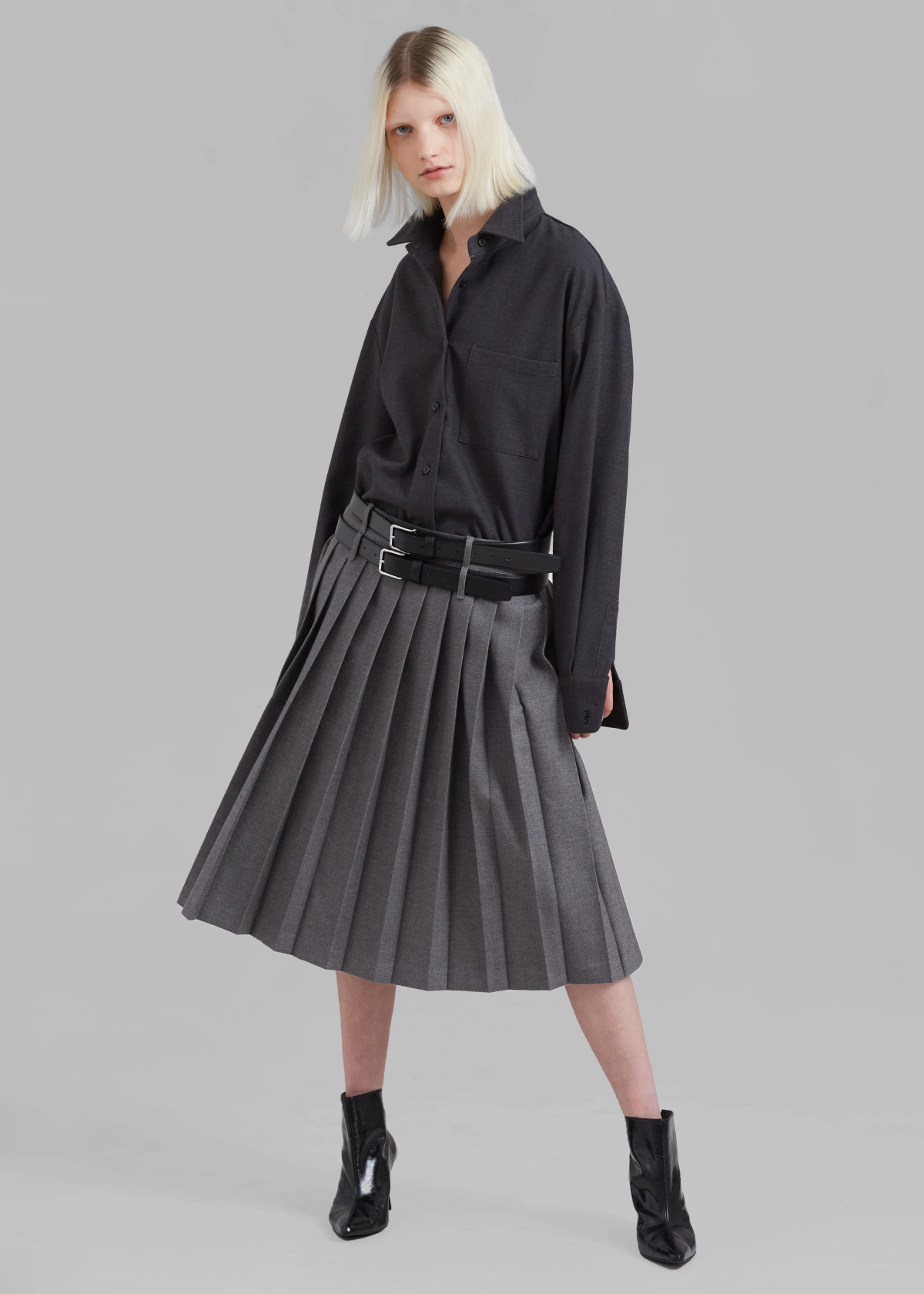
A Few Key Terms, Demystified
Don’t let the jargon throw you. Here are a few words you’ll hear that are good to know:
- Selvage: The tightly woven, finished edge on either side of a bolt of fabric that prevents it from unraveling.
- Dart: A V-shaped, folded, and stitched tuck that’s used to shape fabric to the body’s curves, usually at the waist or bust.
- Gore: A triangular or wedge-shaped panel of fabric used to add flare and shape to a skirt.
Choosing with Confidence
See? Understanding how a skirt is actually put together is empowering. Now when you’re shopping, you can look past the trendy color or the price tag and start asking the right questions. Is it lined? Is that slit actually functional? Does this fabric feel right for this cut? A well-made skirt in a shape that suits your life is a true investment. It will last for years and make you feel incredible every time you put it on. So forget the confusing style names and focus on the form, the fit, and the fabric. That’s the real secret. You’ve got this.
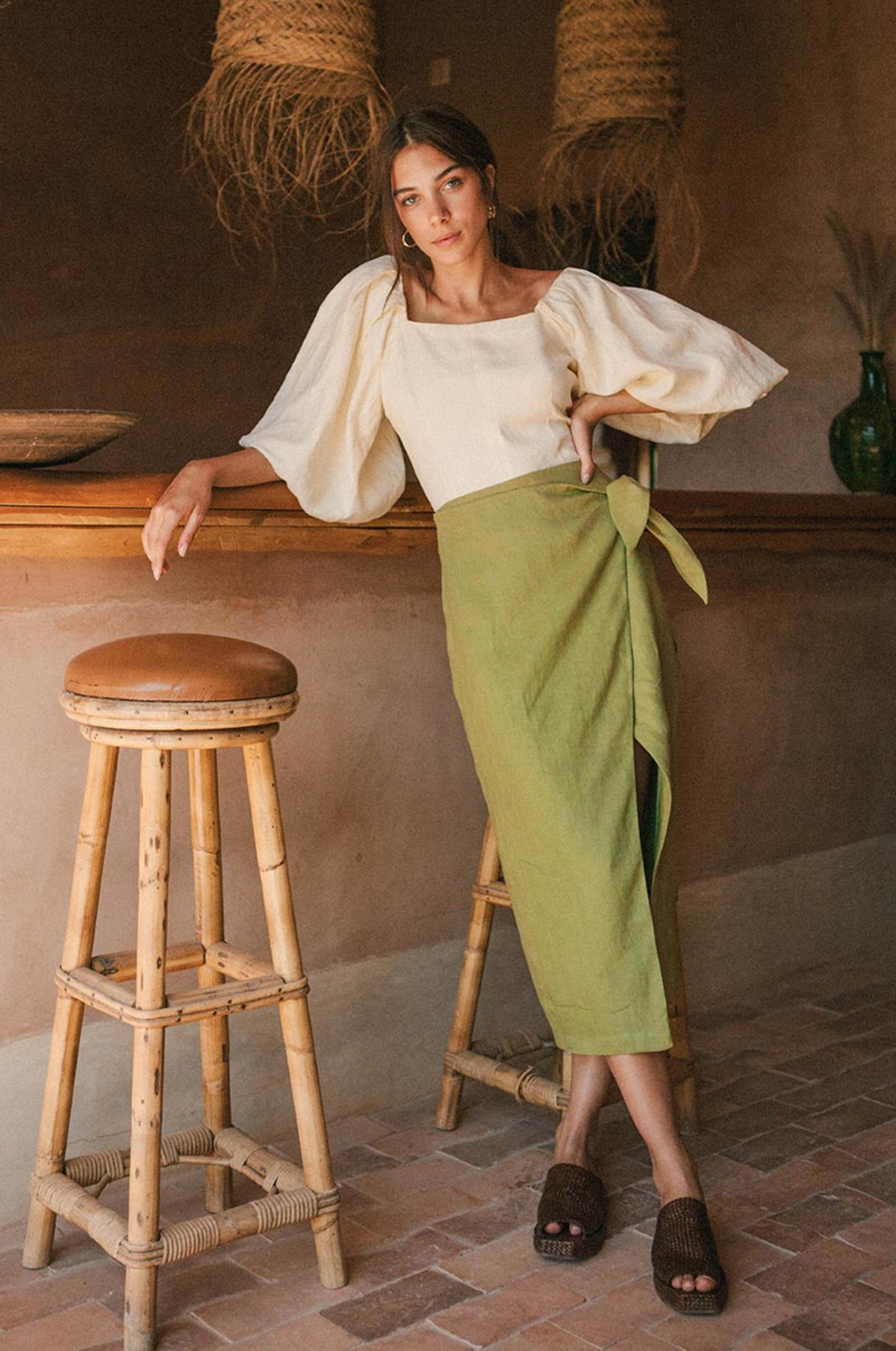
Galerie d’inspiration
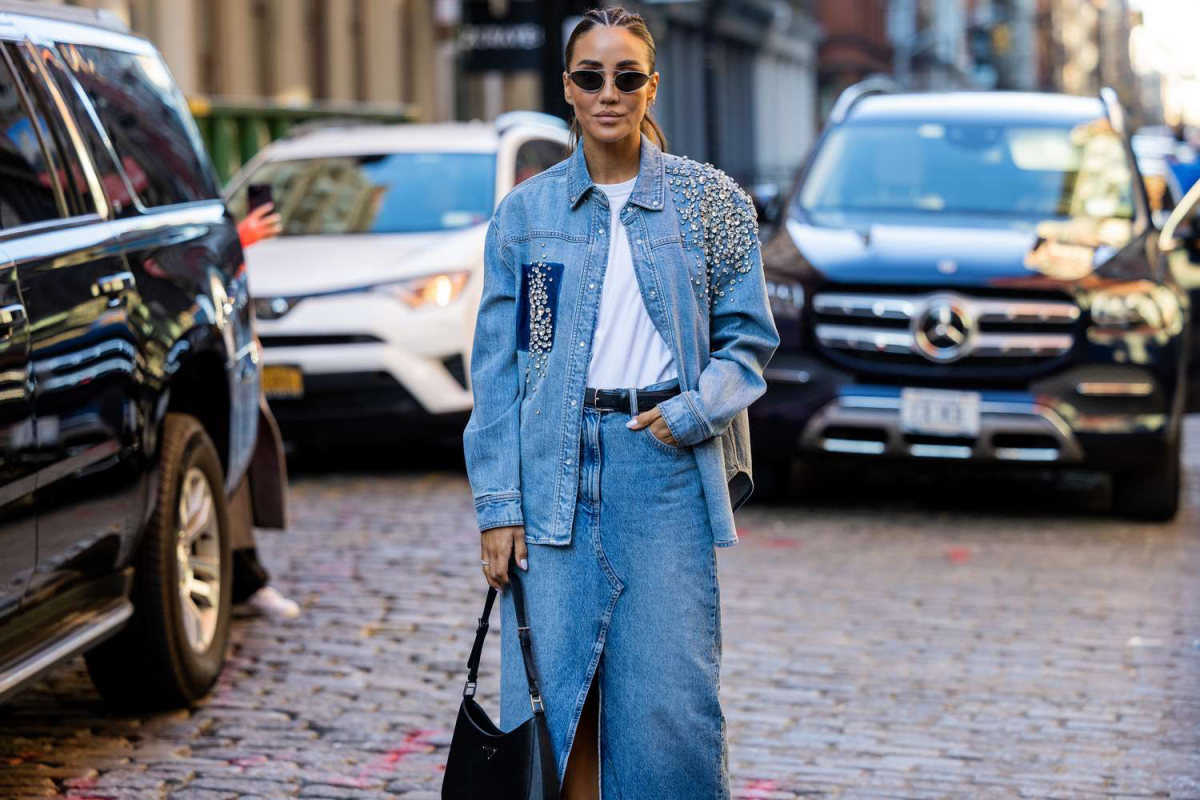
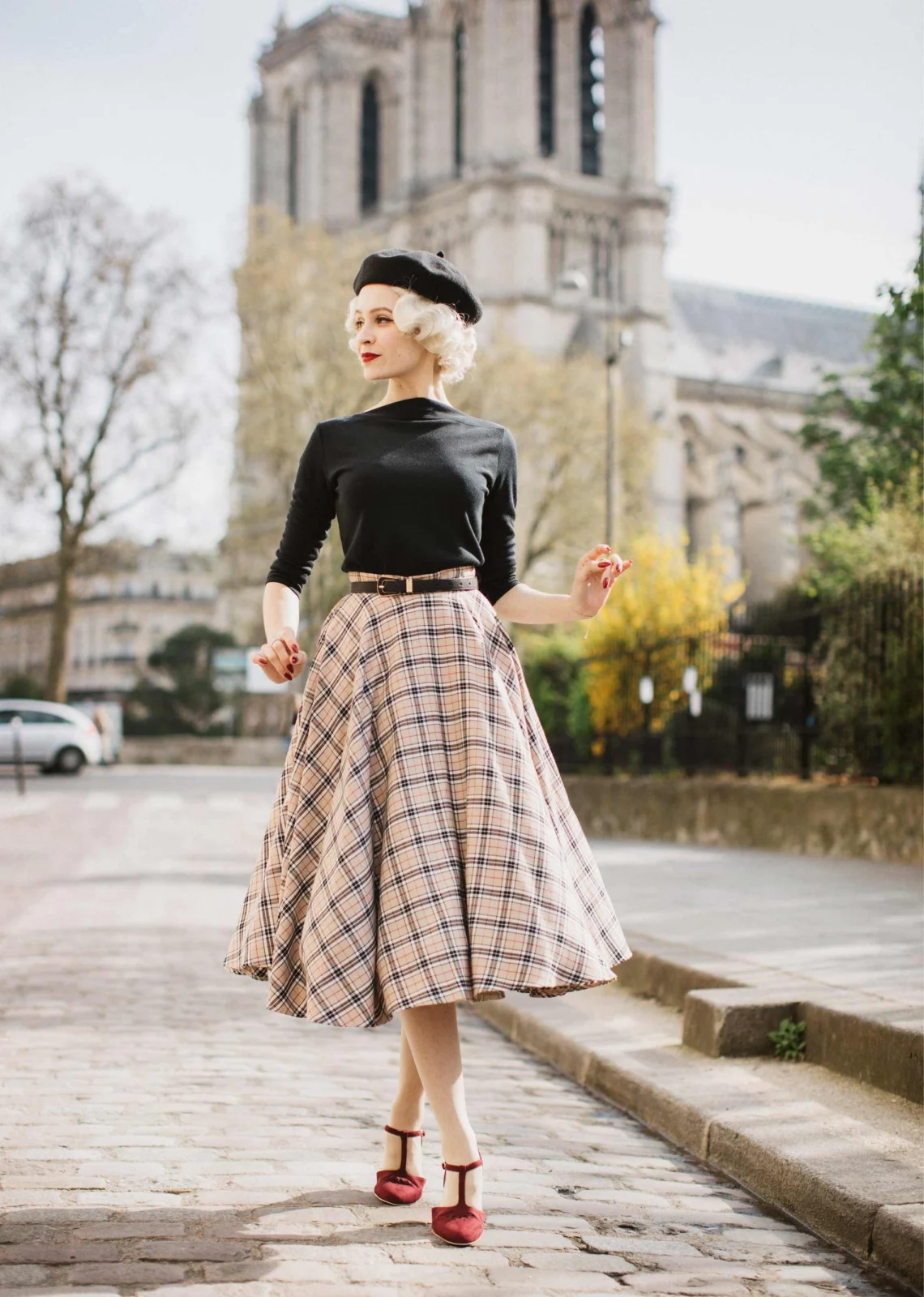
A bias-cut skirt can use up to twice as much fabric as one cut on the straight grain.
That diagonal cut, which gives slip skirts their signature slinky drape, is notoriously wasteful on a rectangular bolt of fabric. This is a key reason why high-quality silk bias skirts come with a higher price tag—it reflects not just the cost of the material, but the skill required to work with it and the amount of fabric left on the cutting room floor.
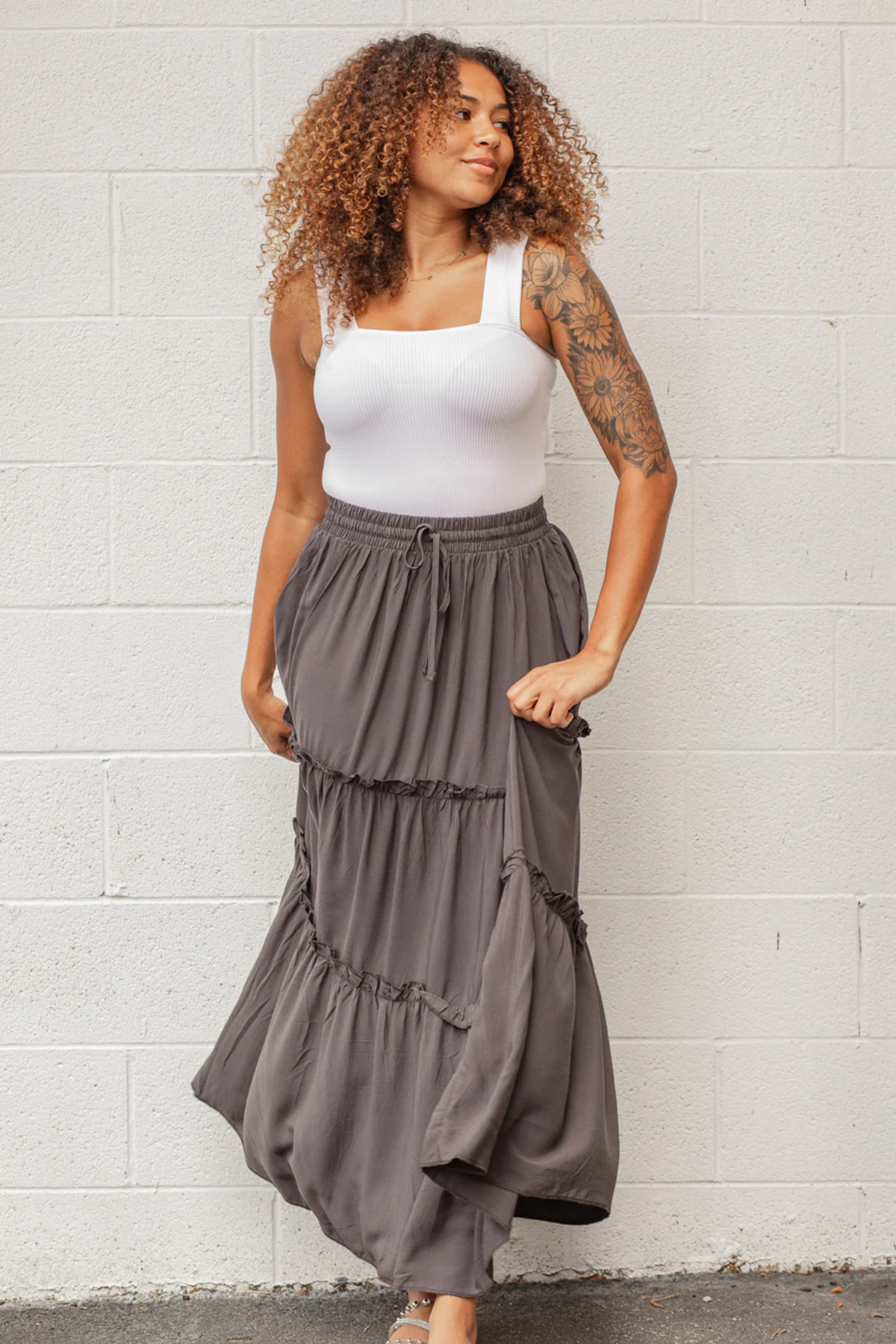
What’s the real difference between a circle skirt and a skater skirt?
Think of it as a matter of scale and material. A true circle skirt is cut from a doughnut-shaped piece of fabric, creating maximum volume and a beautiful, even drape. A skater skirt is its shorter, flirtier cousin—technically a circle skirt, but almost always cut above the knee and often made from stretchier knits like ponte or scuba fabric for that characteristic bounce.
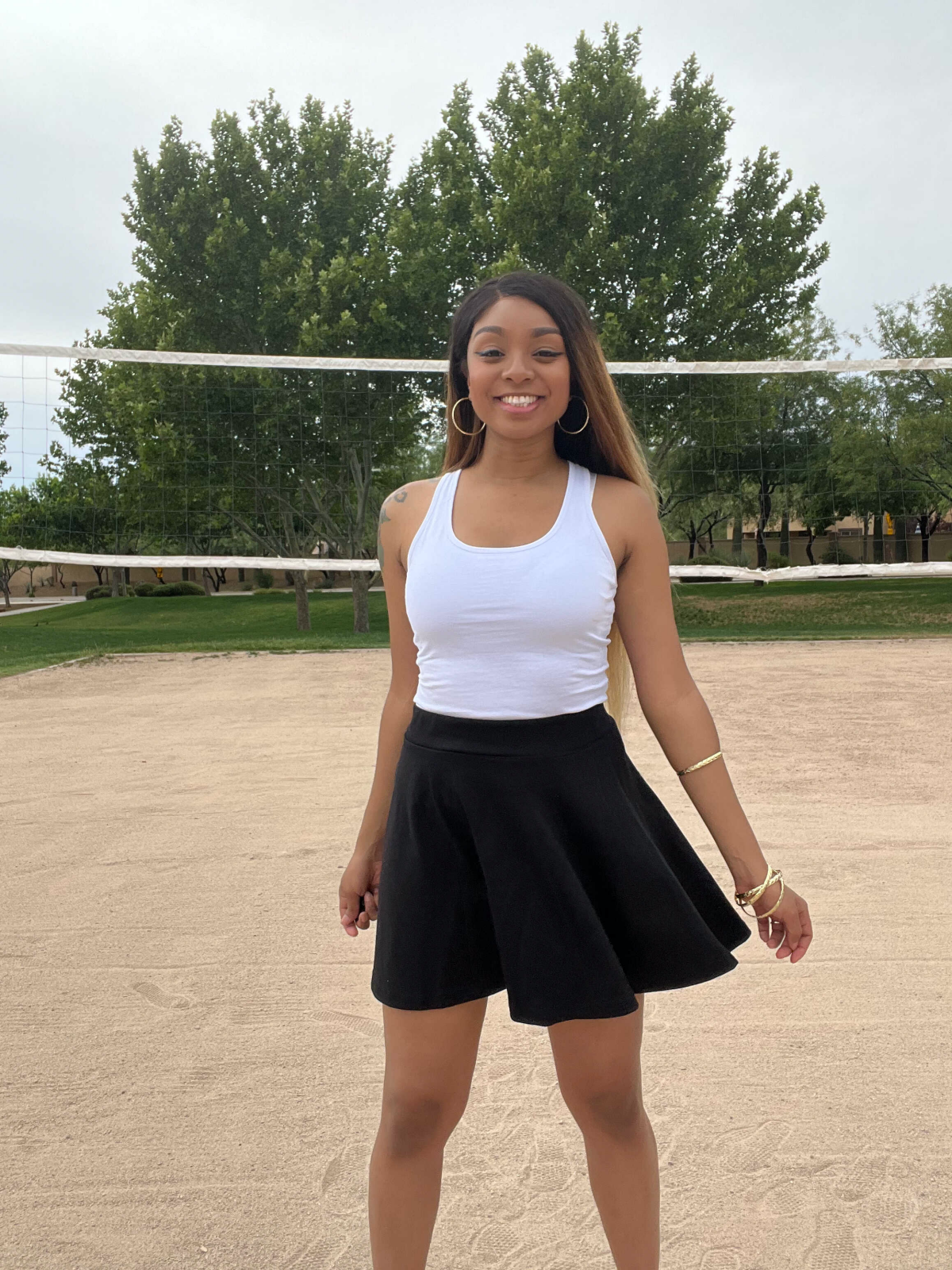
The secret to a perfect pencil skirt fit: a contoured waistband. Unlike a simple straight band, a contoured one is cut in a slight curve. This allows it to sit perfectly on the natural curve between your waist and hips, eliminating that annoying gap at the back. It’s a hallmark of higher-quality tailoring.
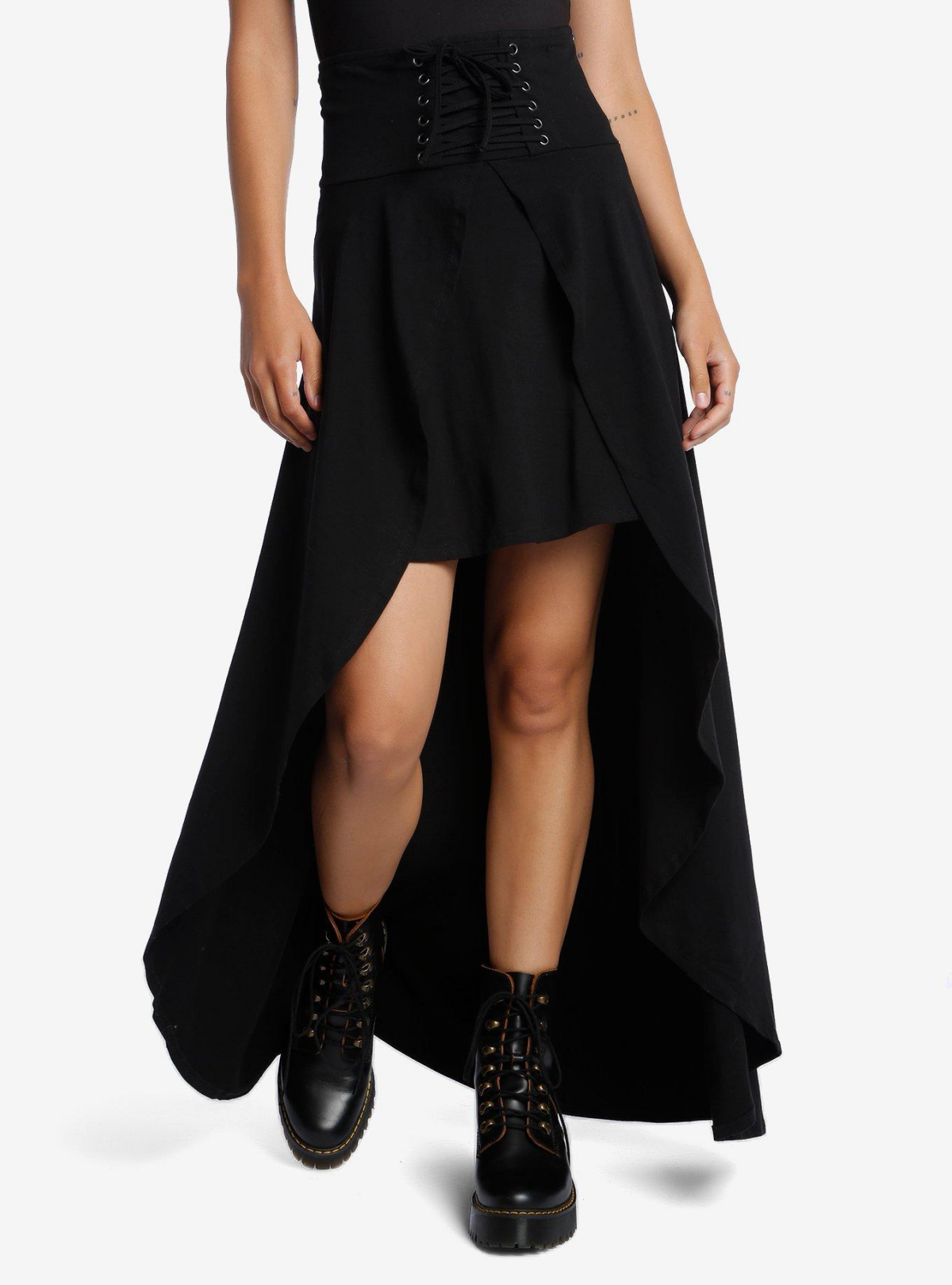
The tiered skirt, often associated with bohemian or prairie styles, is a masterclass in controlled volume. Each horizontal panel, or tier, is wider than the one above it, creating a cascading effect. For a less overwhelming silhouette, look for versions where the tiers start lower, around the mid-thigh, rather than directly from the waist.
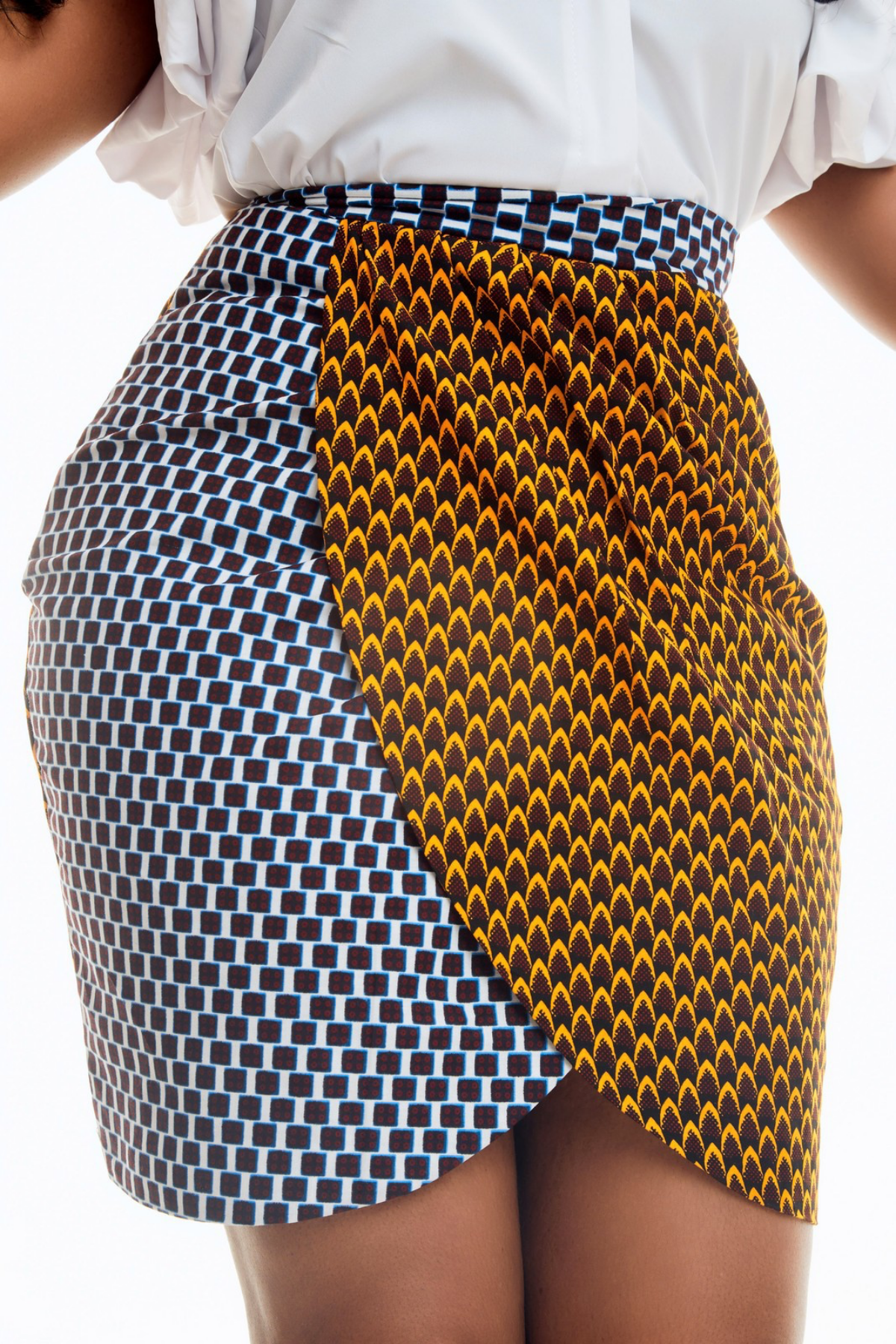
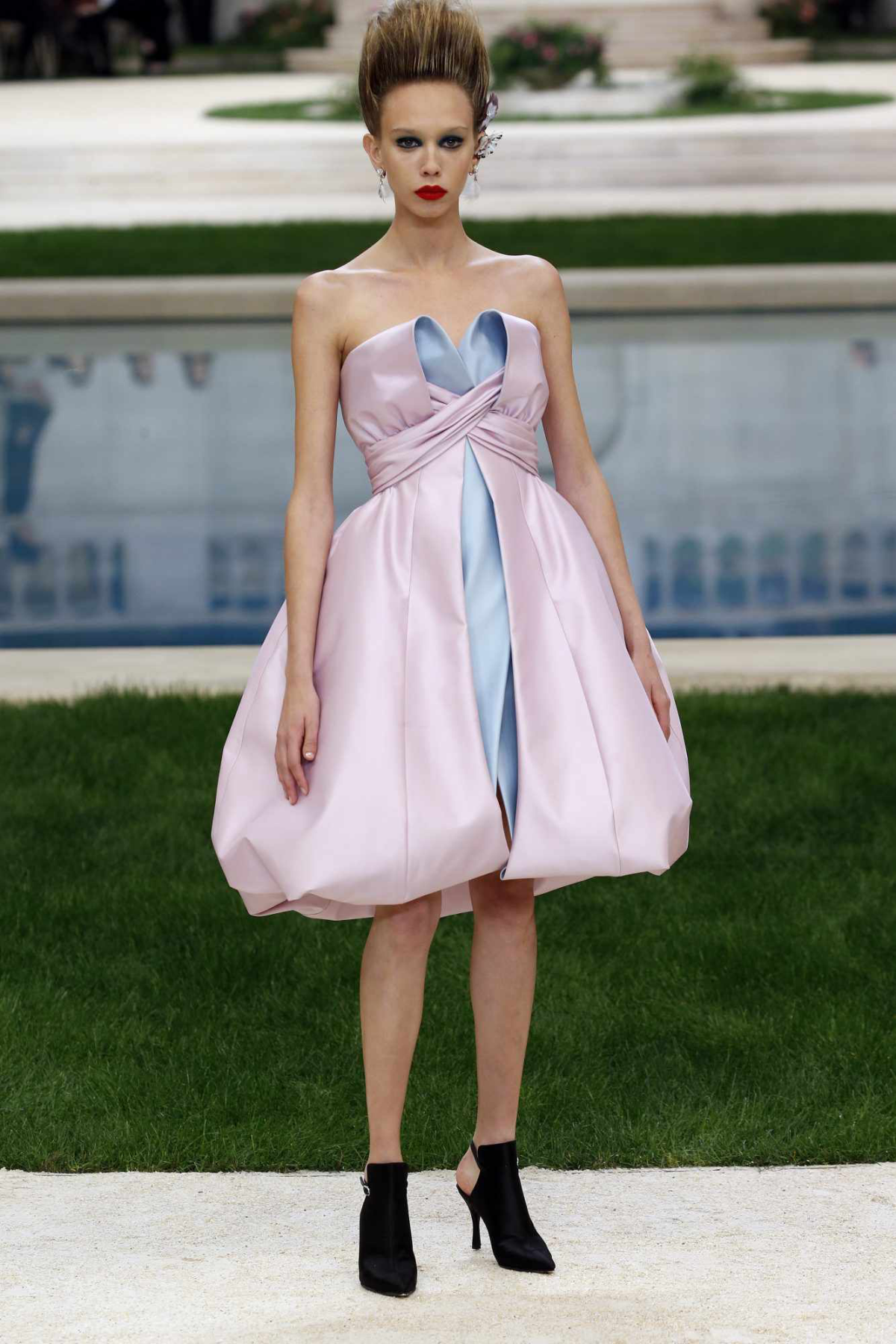
- Creates an instant hourglass shape.
- Balances broader shoulders.
- Disguises a less-defined waist.
The secret? The peplum. This short, flared ruffle attached at the waistline is a piece of design architecture. It’s not just decoration; it’s a deliberate tool for sculpting a silhouette.
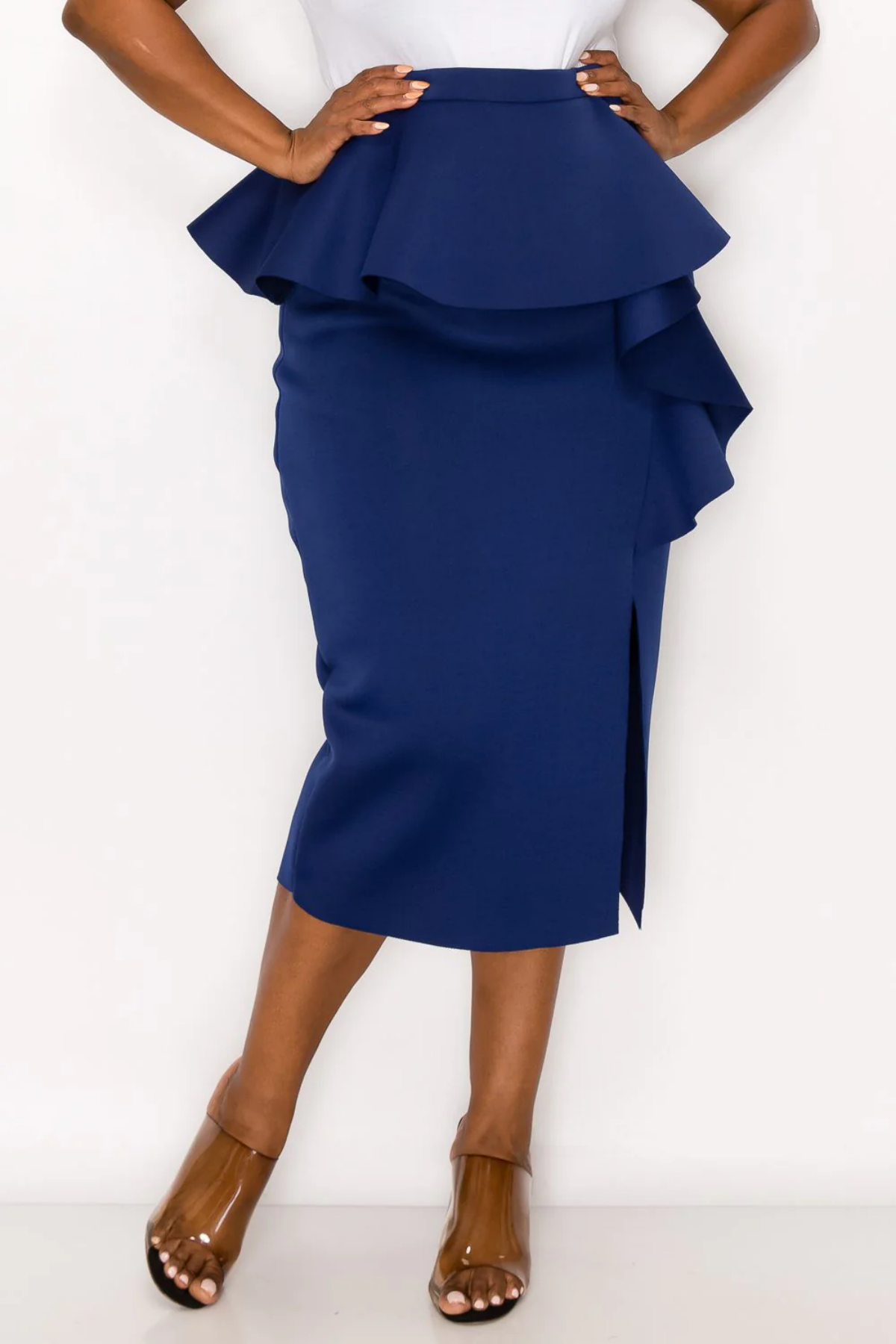
Tulip Skirt: Features overlapping panels that curve around the body, resembling the petals of an inverted tulip. It often has pleats or gathers at the waist, creating volume around the hips.
Bubble Skirt: The hem is gathered and tucked back under, creating a voluminous, rounded ‘bubble’ shape. A child of the ’80s, it’s bold and sculptural.
While both add volume, the tulip skirt sculpts with layers, whereas the bubble skirt inflates with air.
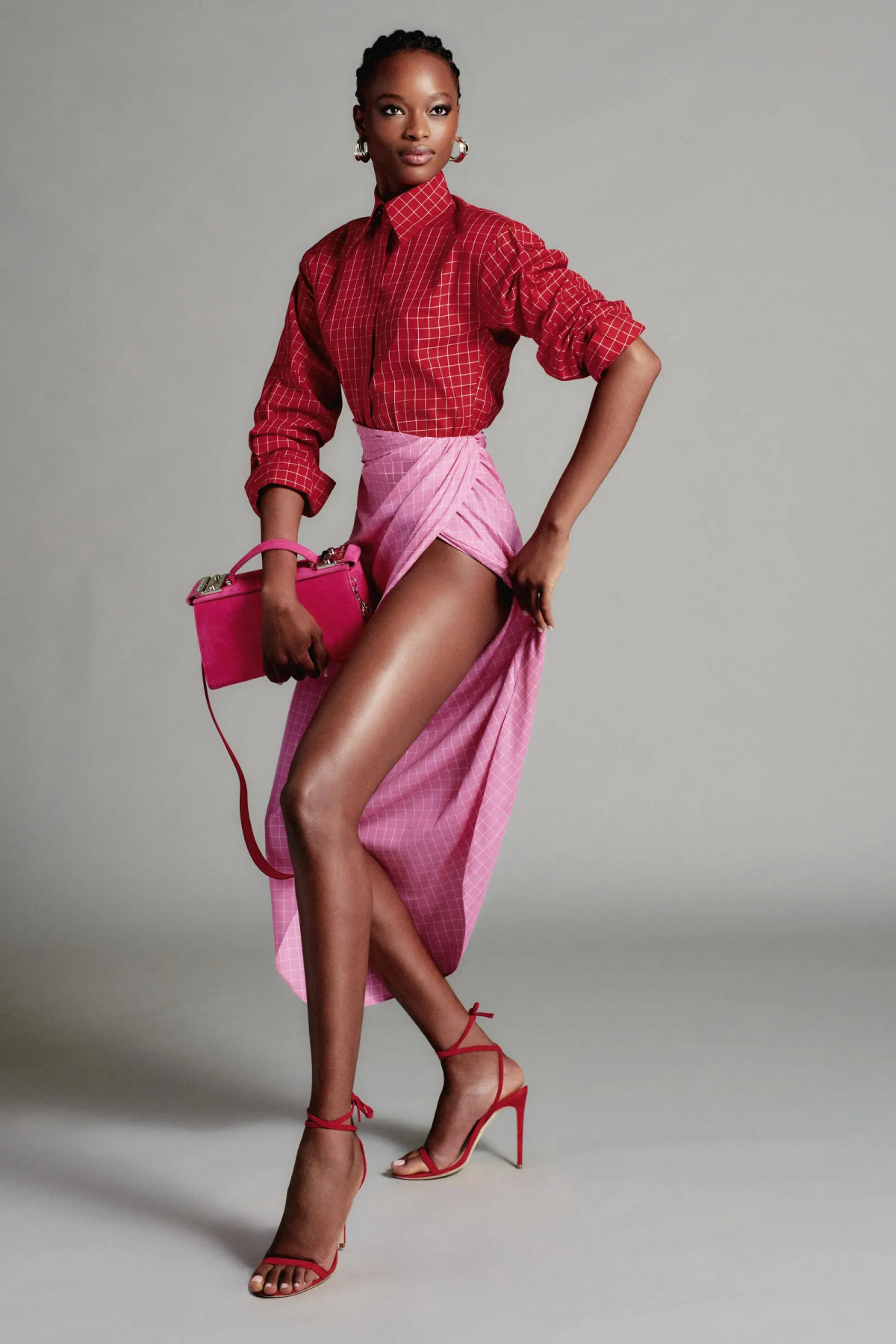
A high-low hem isn’t just a trend; it’s a clever design trick. The shorter front shows off your shoes and creates the illusion of longer legs, while the longer back provides coverage and a dramatic, cape-like flow as you walk. It’s the best of both a mini and a maxi skirt in one.
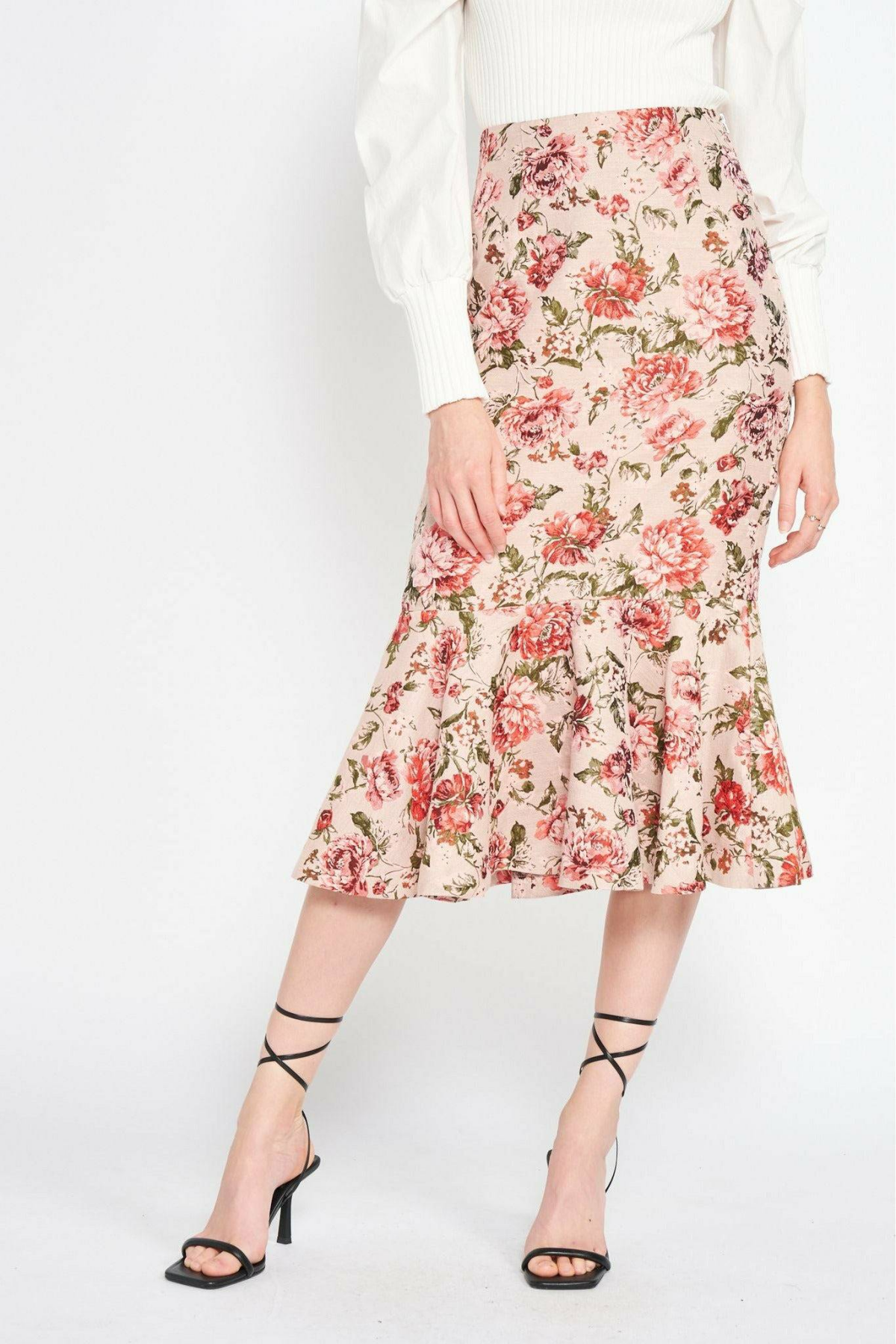
The fabric Tencel™ Lyocell has become a designer favorite for drapey skirts, and for good reason. It’s known for its incredible softness and fluid drape, similar to silk or viscose, but it’s produced in a closed-loop system that recycles water and solvents, making it a more sustainable choice for that luxurious, flowing feel.
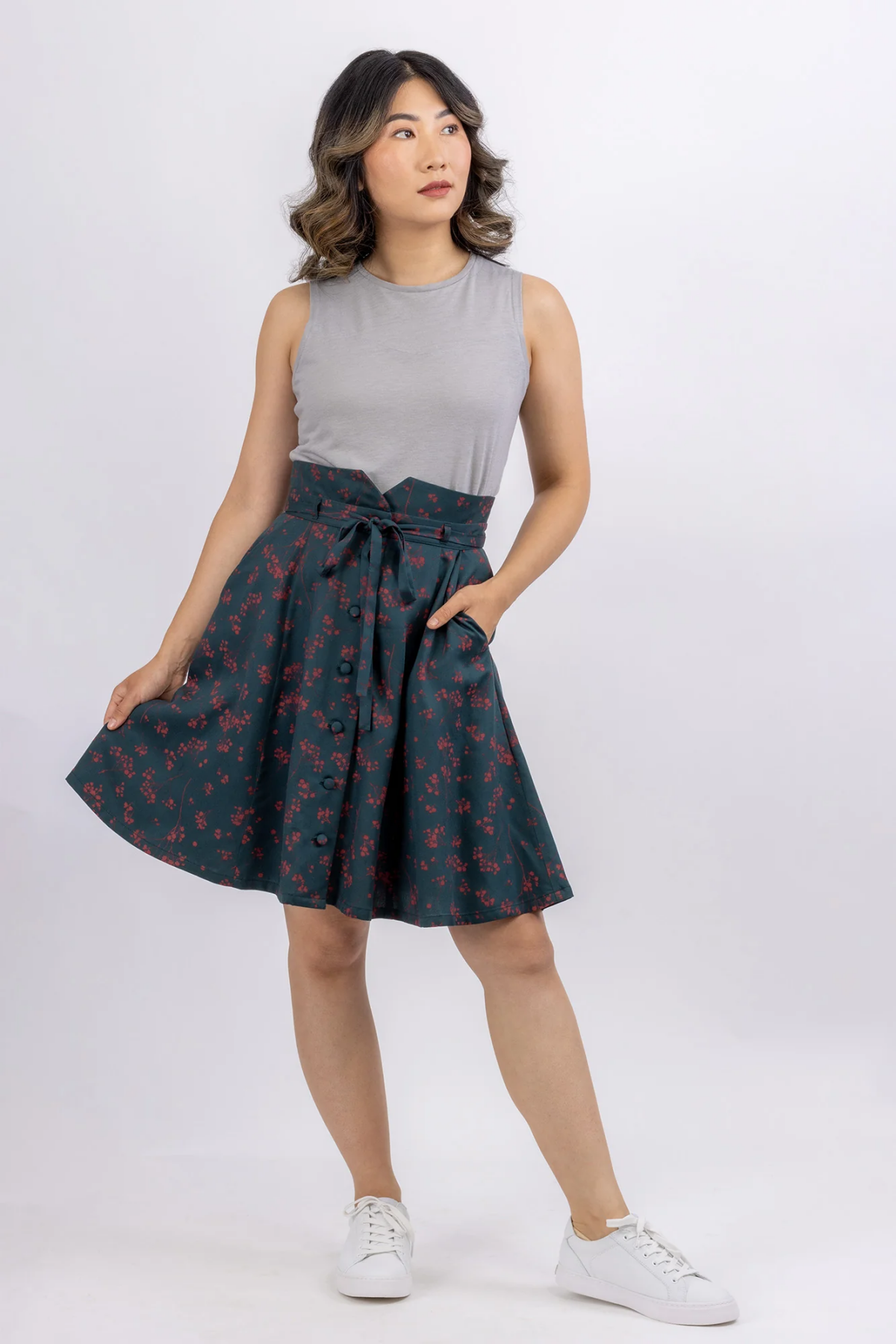
A Note on Pleats
- Knife Pleats: All folds go in a single direction, creating a sleek, sharp look often seen in school uniforms or classic kilts.
- Box Pleats: Two knife pleats are folded away from each other, creating a wider, more structured rectangular pleat.
- Accordion Pleats: Very fine, heat-set pleats that allow the skirt to expand and contract. They offer incredible movement and texture.
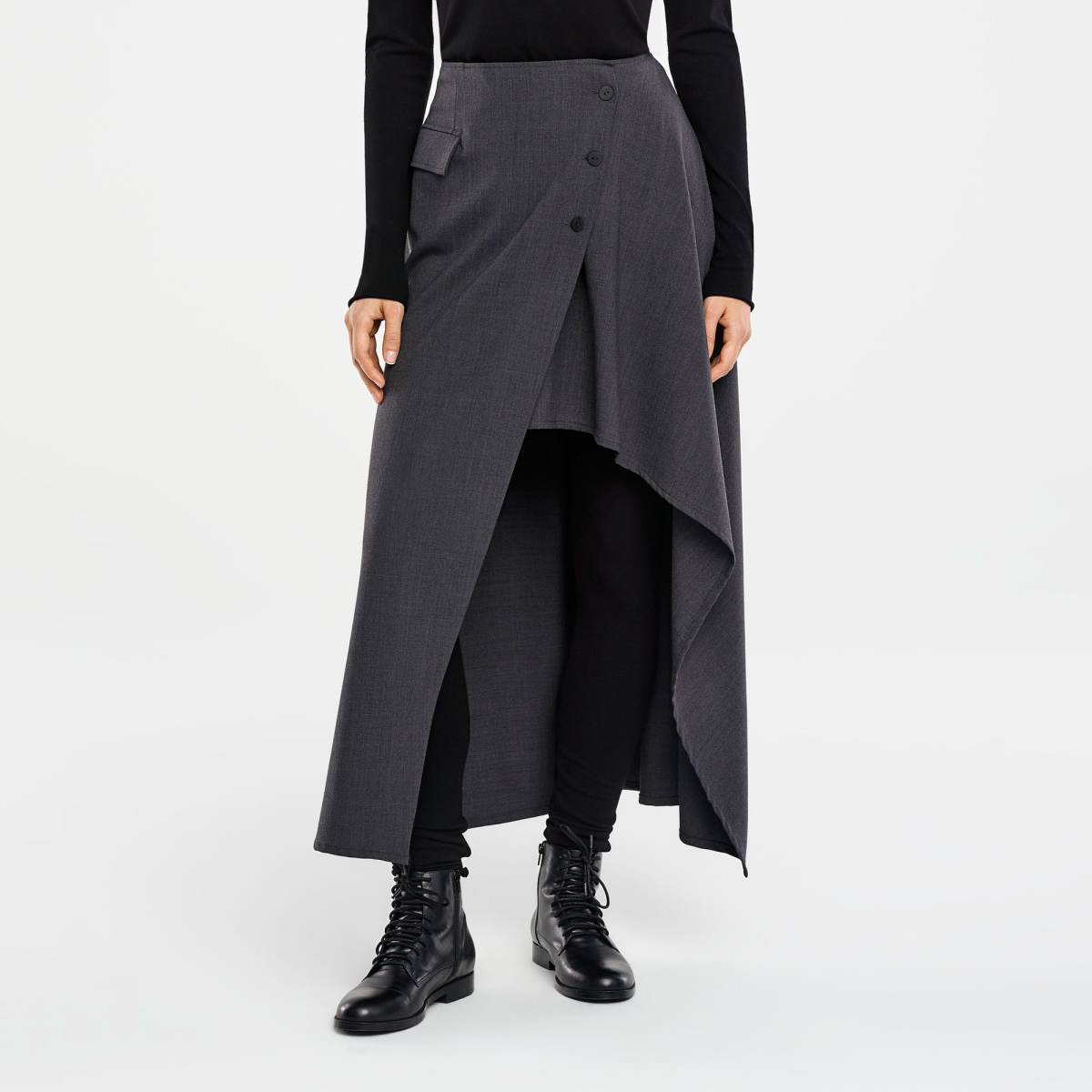
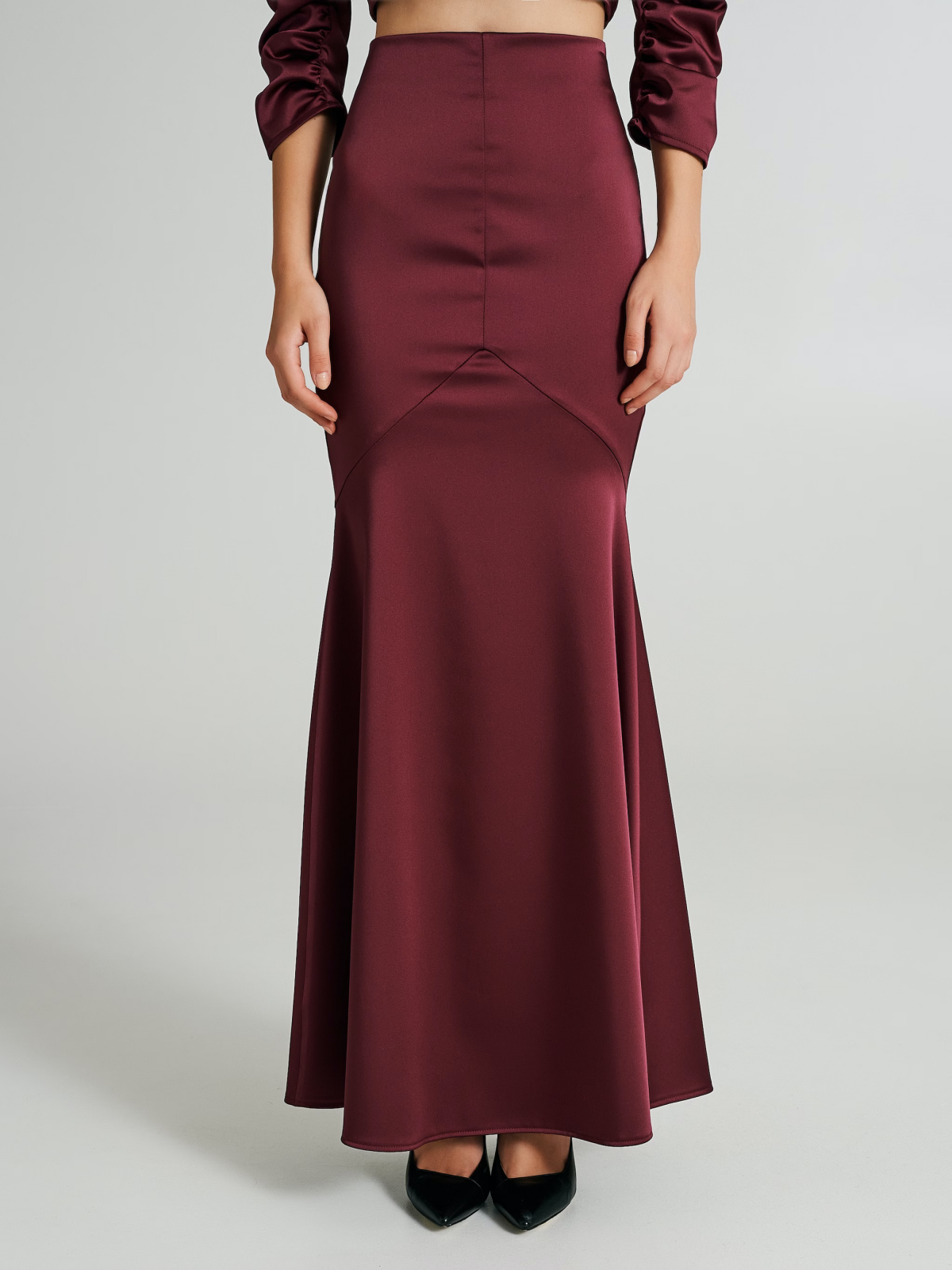
The Trumpet’s Power: Unlike a mermaid skirt that flares dramatically at the knee, a trumpet skirt (or fluted skirt) is fitted through the hips and thighs and begins to flare out around mid-thigh. This creates a softer, more wearable ‘S’ curve that emphasizes movement without being restrictive.
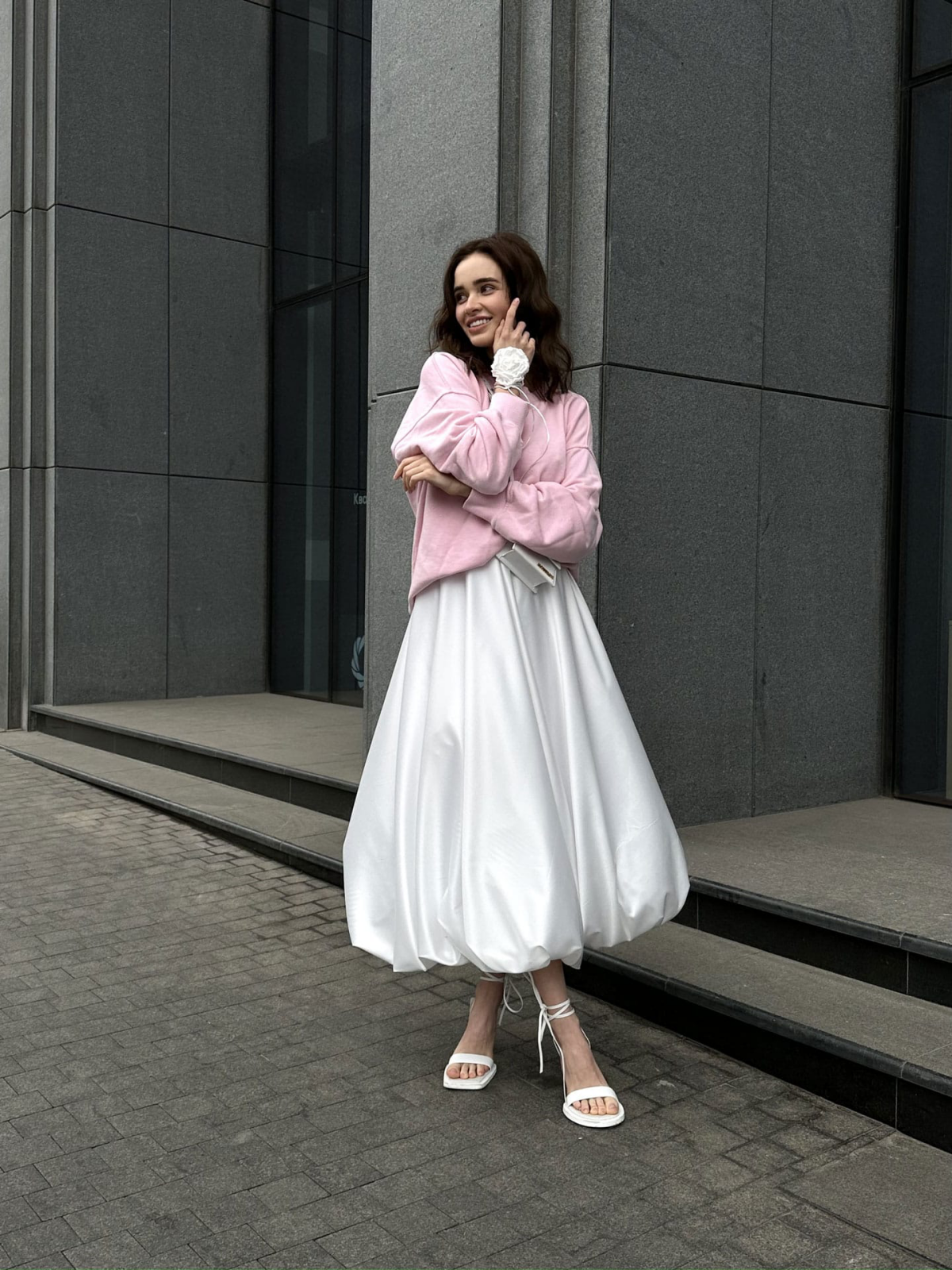
- Check the zipper. A quality YKK zipper is a good sign. It should lie flat and move smoothly.
- Look at the hem. Is it even? Is the stitching tight and consistent? A blind hem is a mark of quality.
- Feel the lining. A separate, free-hanging lining feels more luxurious and prevents the skirt from clinging.
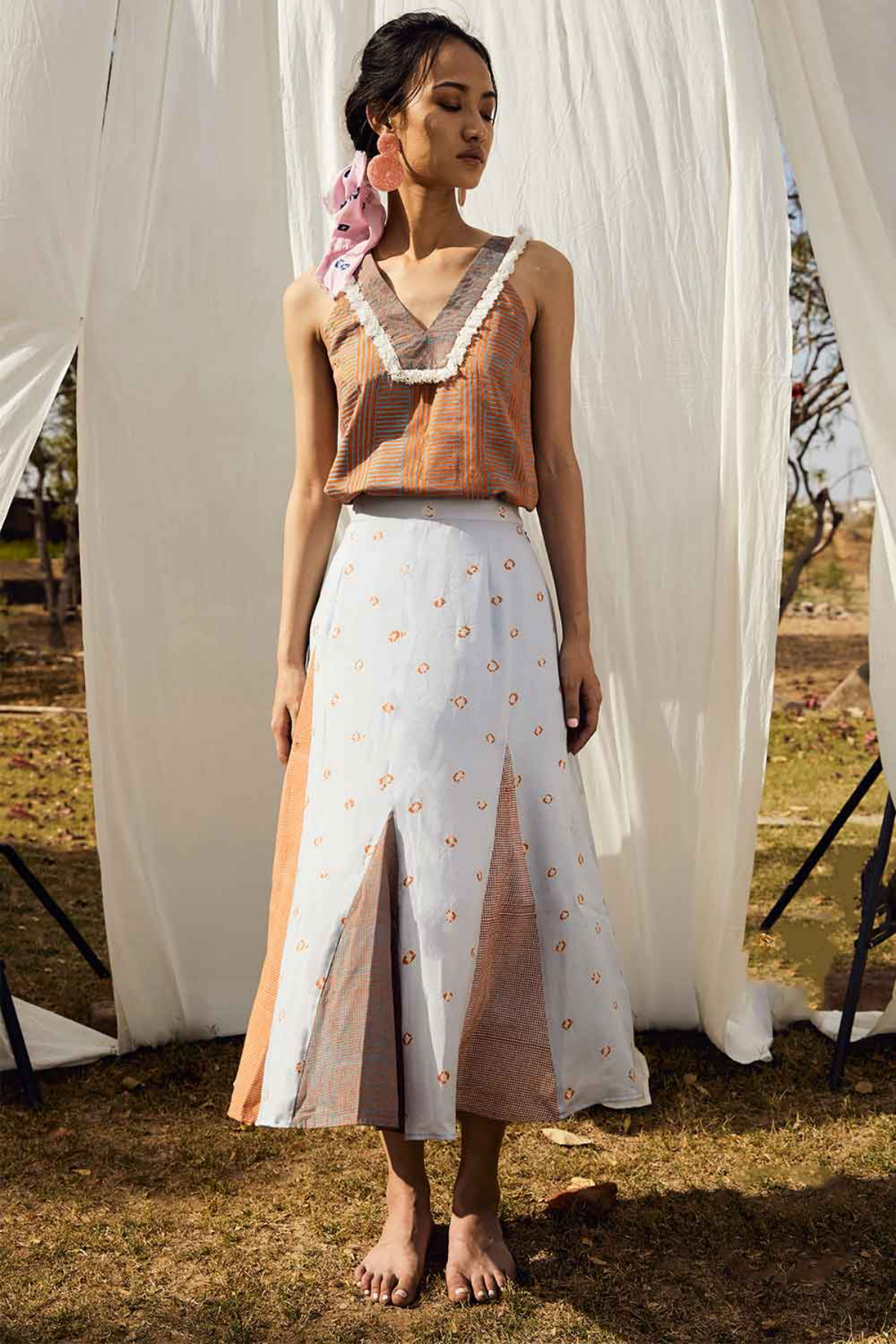
The sarong is more than just beachwear. In its traditional form across Southeast Asia and the Pacific Islands, it’s a versatile tube or length of fabric worn by men and women, with different patterns and tying methods indicating social status or region. Its adoption into Western fashion celebrates its simplicity and effortless drape.
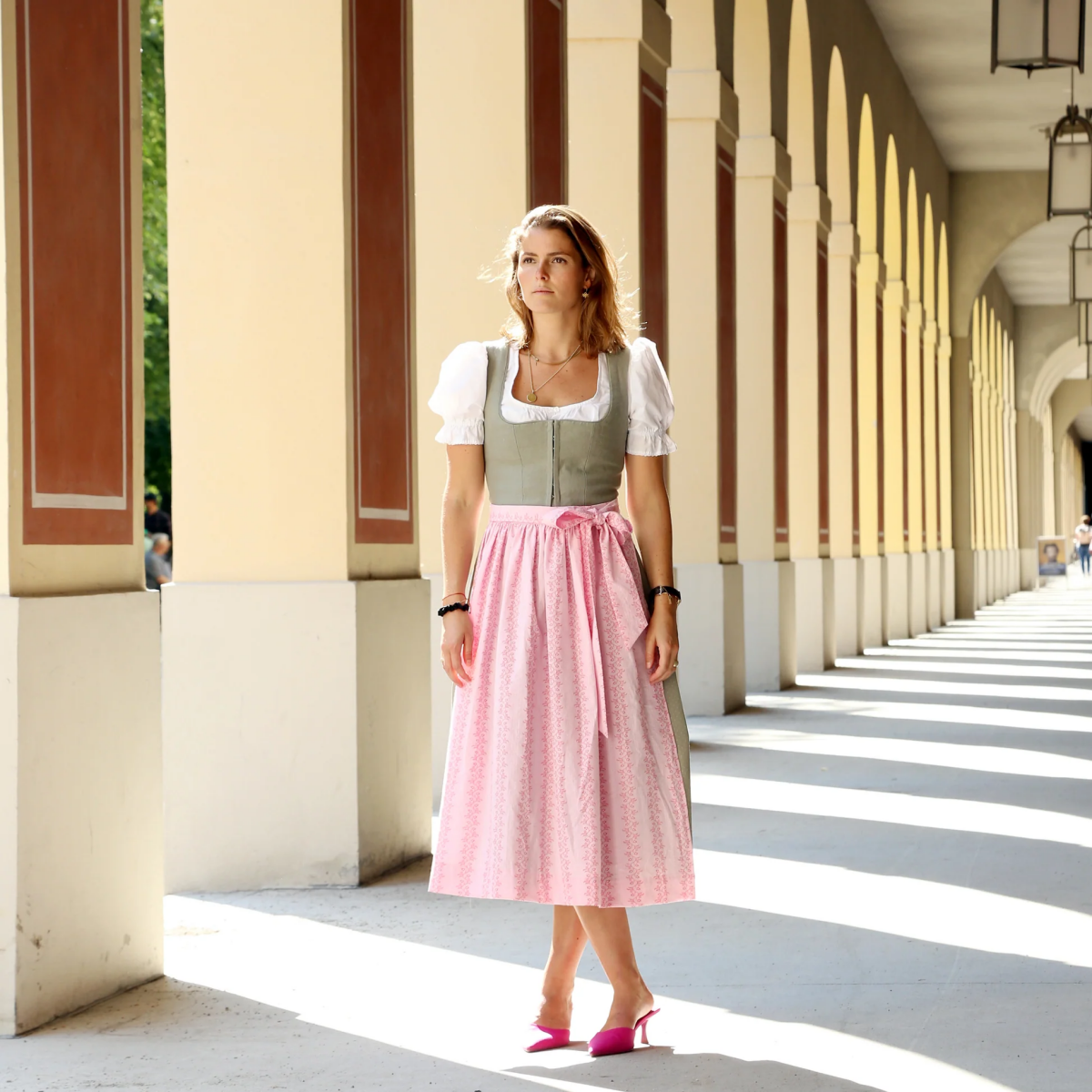
An estimated 92 million tons of textiles waste is created annually worldwide.
Before buying new, consider the power in your own closet. Could a dated maxi dress be transformed into a stylish midi skirt? A simple cut and a new elastic waistband can give a garment a second life, honoring the fabric and craftsmanship that went into it.
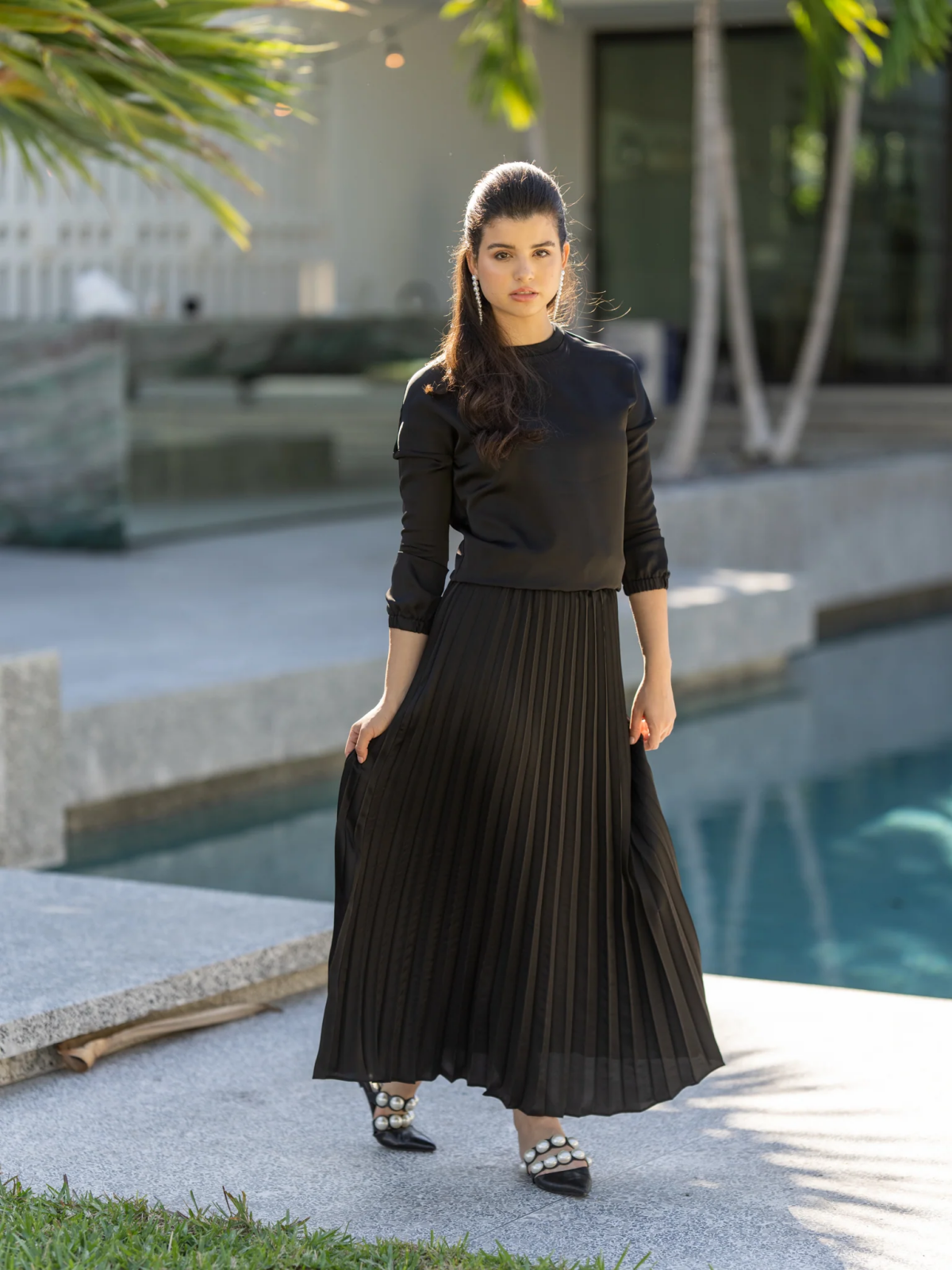
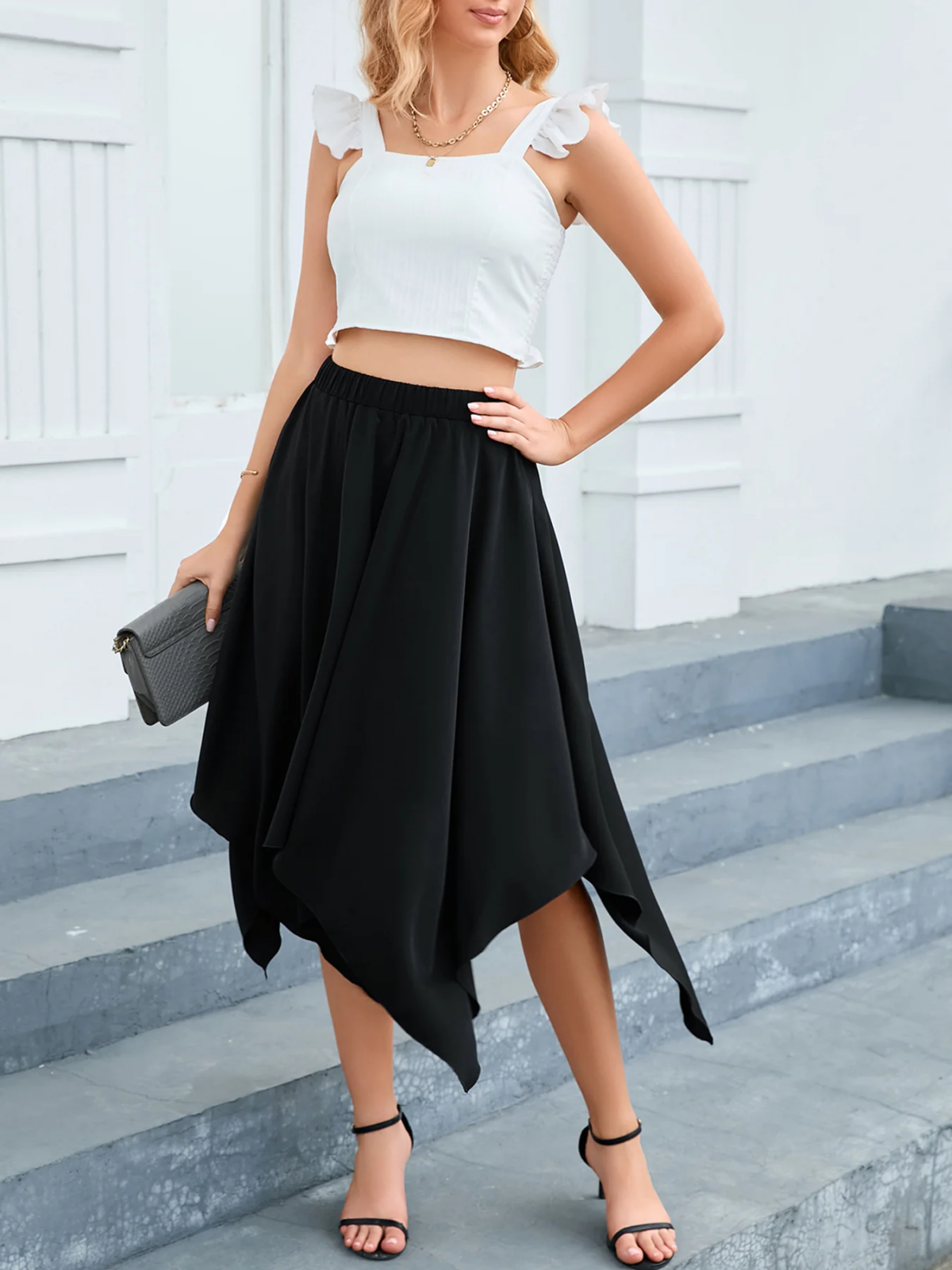
My knit skirt keeps twisting around my body as I walk. Why?
This is often a sign of poor manufacturing. If the pattern pieces for a knit skirt are not cut perfectly on grain, the natural torque in the knit fabric will cause the seams to twist around your legs. It’s a subtle flaw that speaks volumes about the garment’s construction.
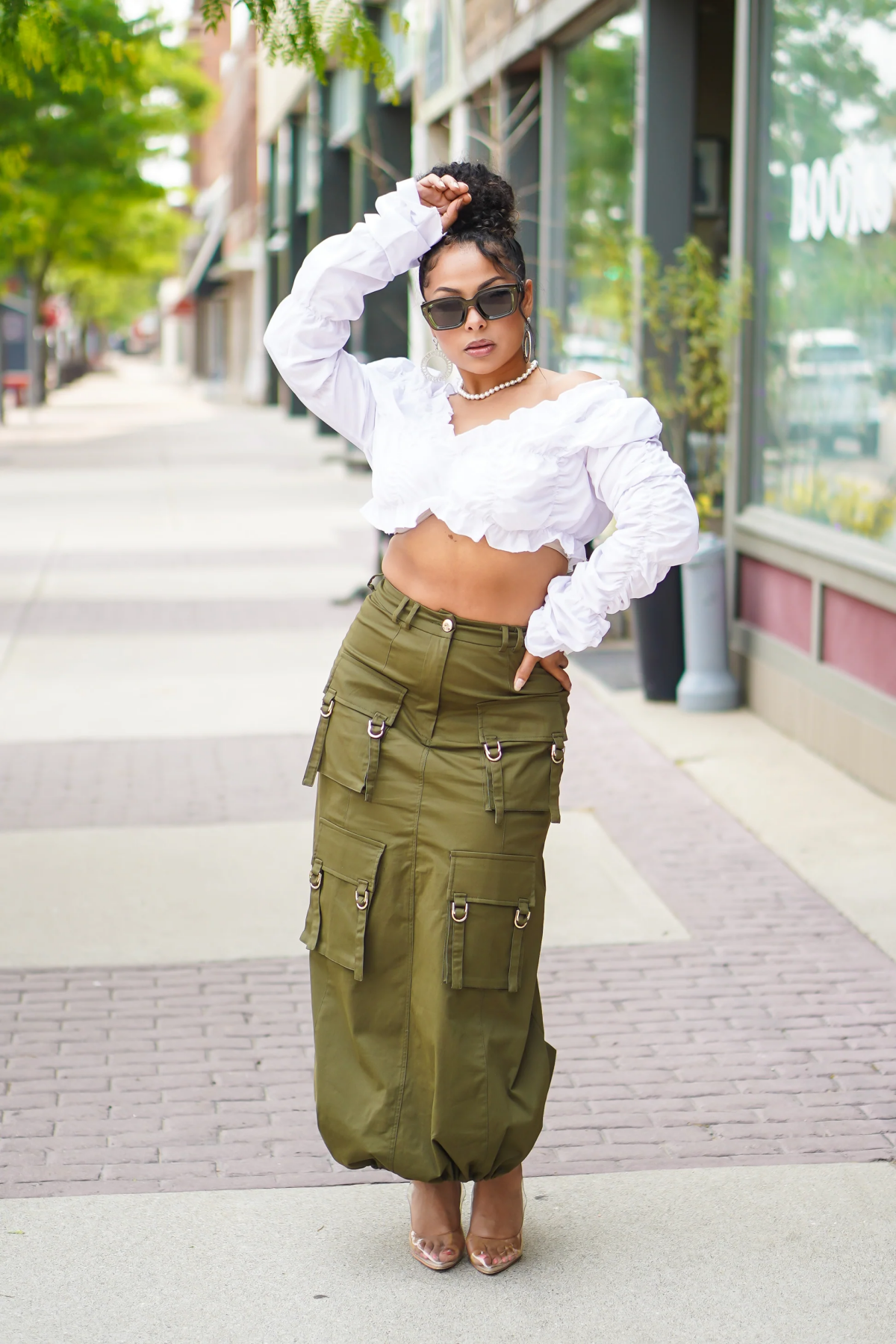
A common mistake with midi skirts: wearing them with an ankle-strap shoe. The horizontal line of the strap can visually ‘cut’ the leg line, making it appear shorter, especially when combined with the mid-calf hem of the skirt. For a more elongating effect, opt for a pointed-toe pump or a simple mule.
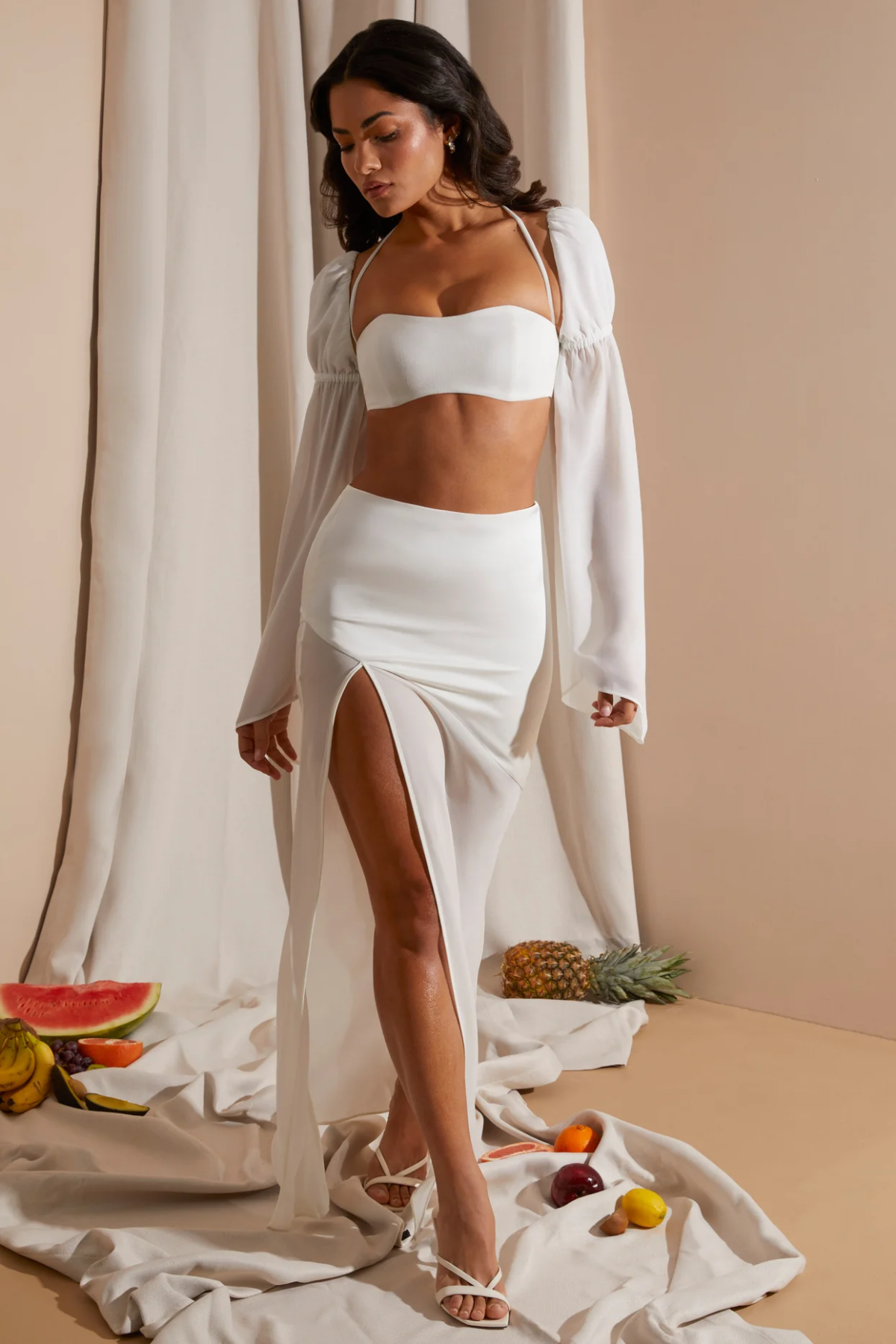
The humble denim skirt has proven its staying power. Its secret is its versatility as a canvas. A raw, frayed hem lends a rock-and-roll edge. A dark-wash, A-line cut can be surprisingly office-appropriate. A long, straight-cut maxi version, reminiscent of ’90s minimalism, feels modern and chic. It’s the same durable cotton twill, just shaped by different attitudes.
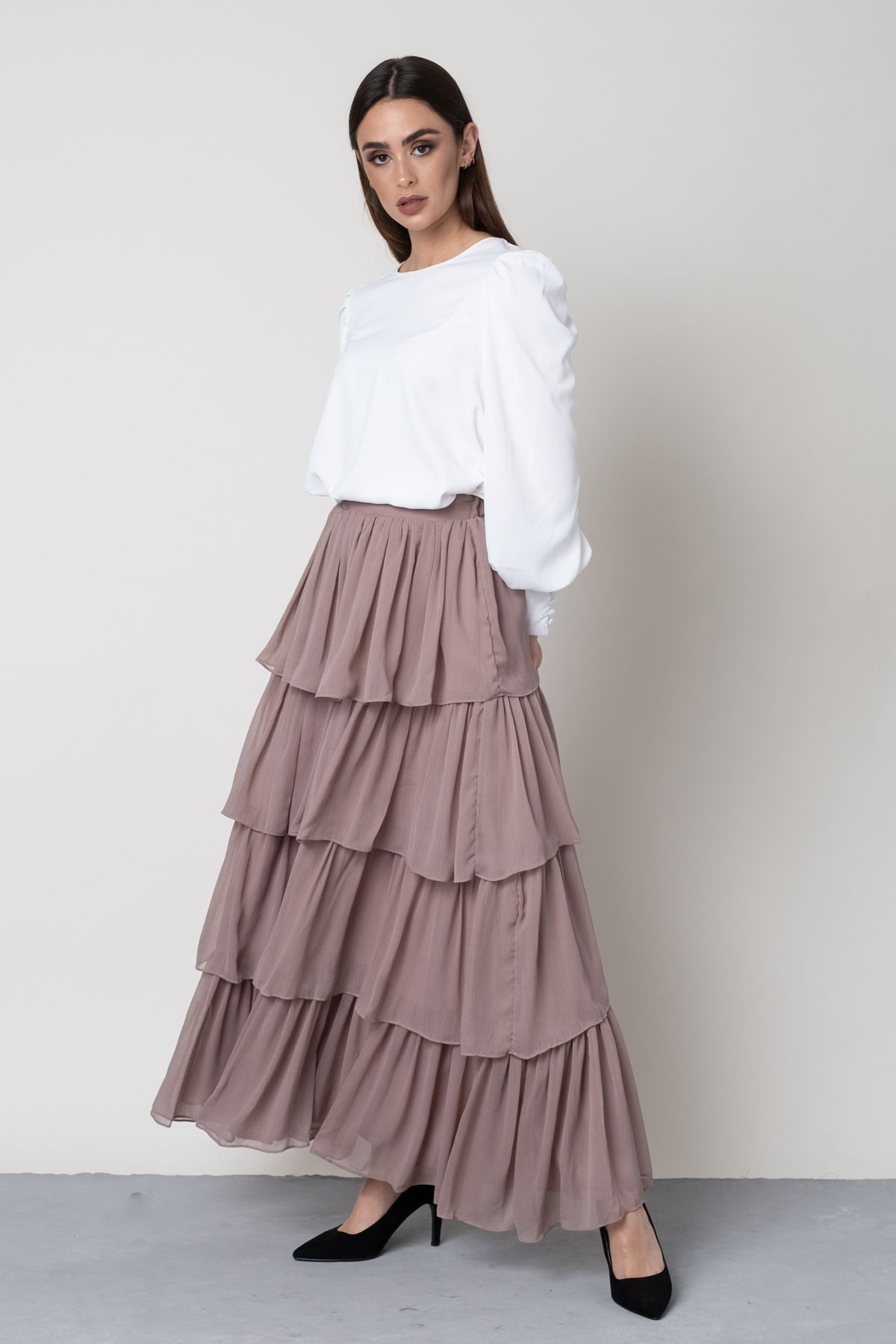
Godet vs. Gusset: A godet is a triangular piece of fabric inserted into a slash or seam of a skirt to add extra flare and movement. It creates that signature swish at the hem. A gusset is a (usually diamond-shaped) piece inserted into a seam to add room and improve fit, most commonly found in the underarm of a sleeve or the crotch of trousers.
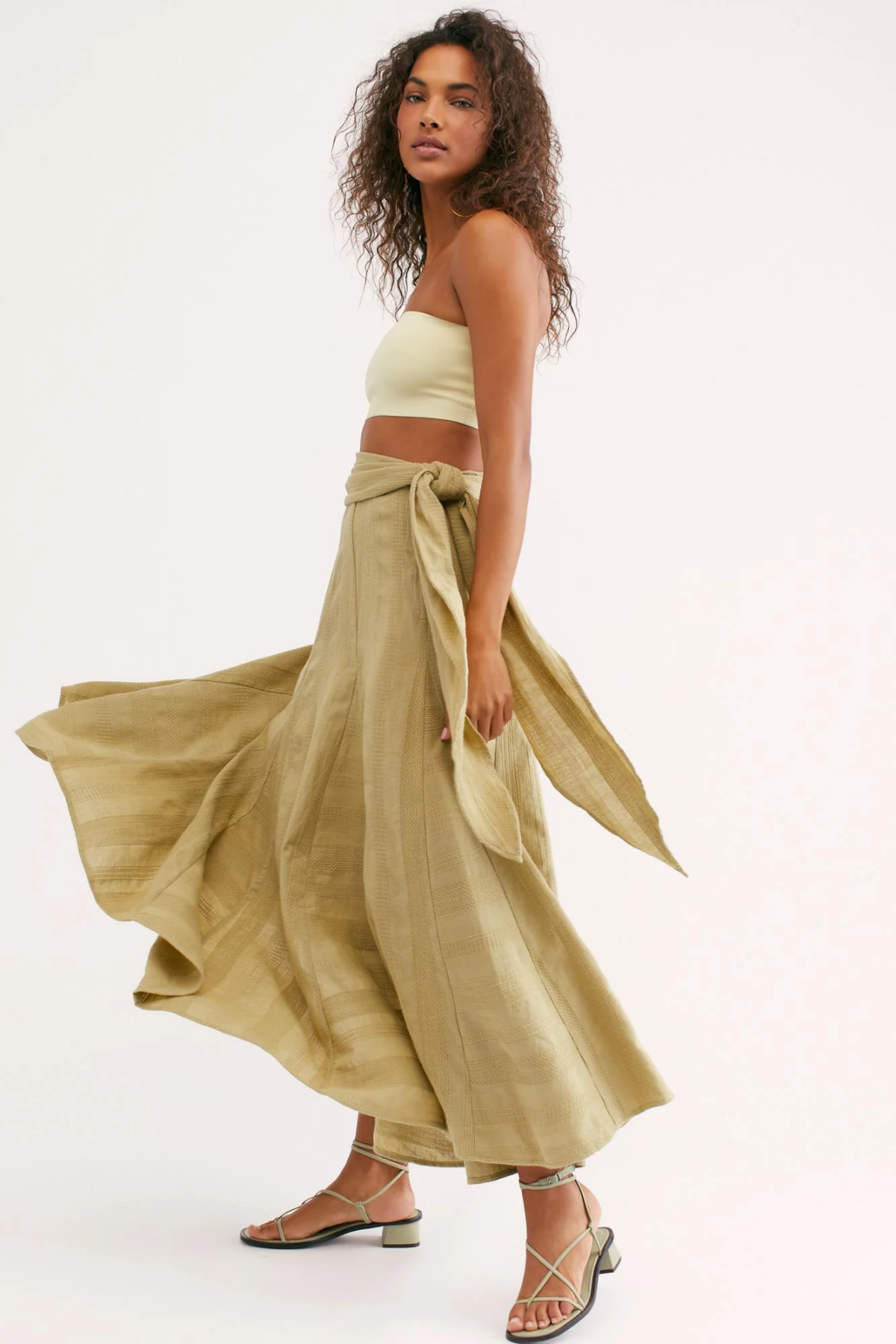
- For silk or viscose skirts, a slippery Bemberg rayon (or Cupro) lining is ideal. It breathes and prevents static.
- For cotton or linen skirts, a lightweight cotton voile or batiste lining offers cool, breathable comfort.
- For wool winter skirts, a polyester or silk charmeuse lining provides a smooth barrier against itchy fabric.
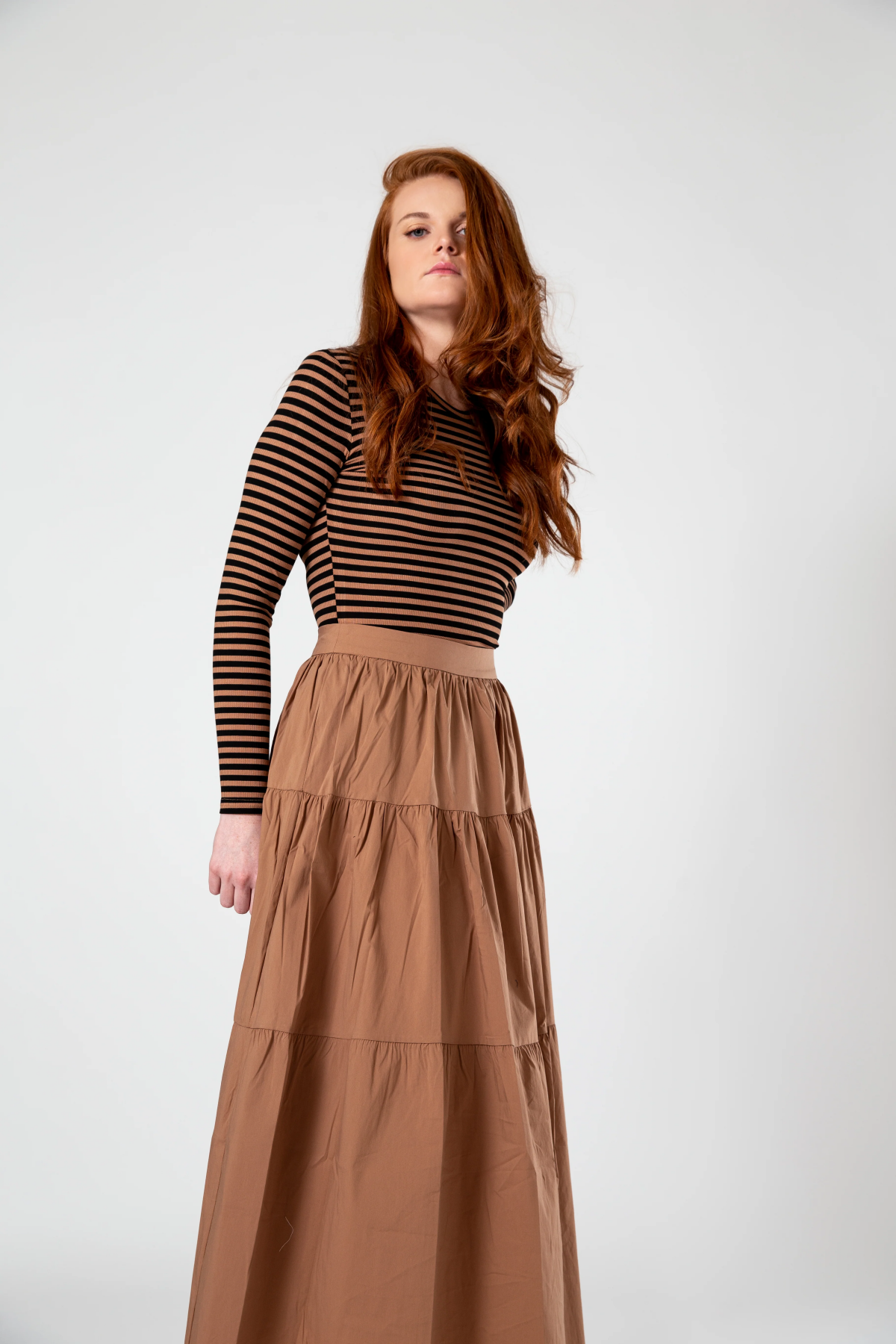

The Button-Front Skirt: Pay close attention to the placket—the strip of fabric where the buttons and buttonholes are. For a clean look, look for skirts with a ‘hidden placket’ where a layer of fabric conceals the buttons. For sturdiness, ensure the placket is reinforced with an extra layer of fabric (interfacing) to prevent gaping.
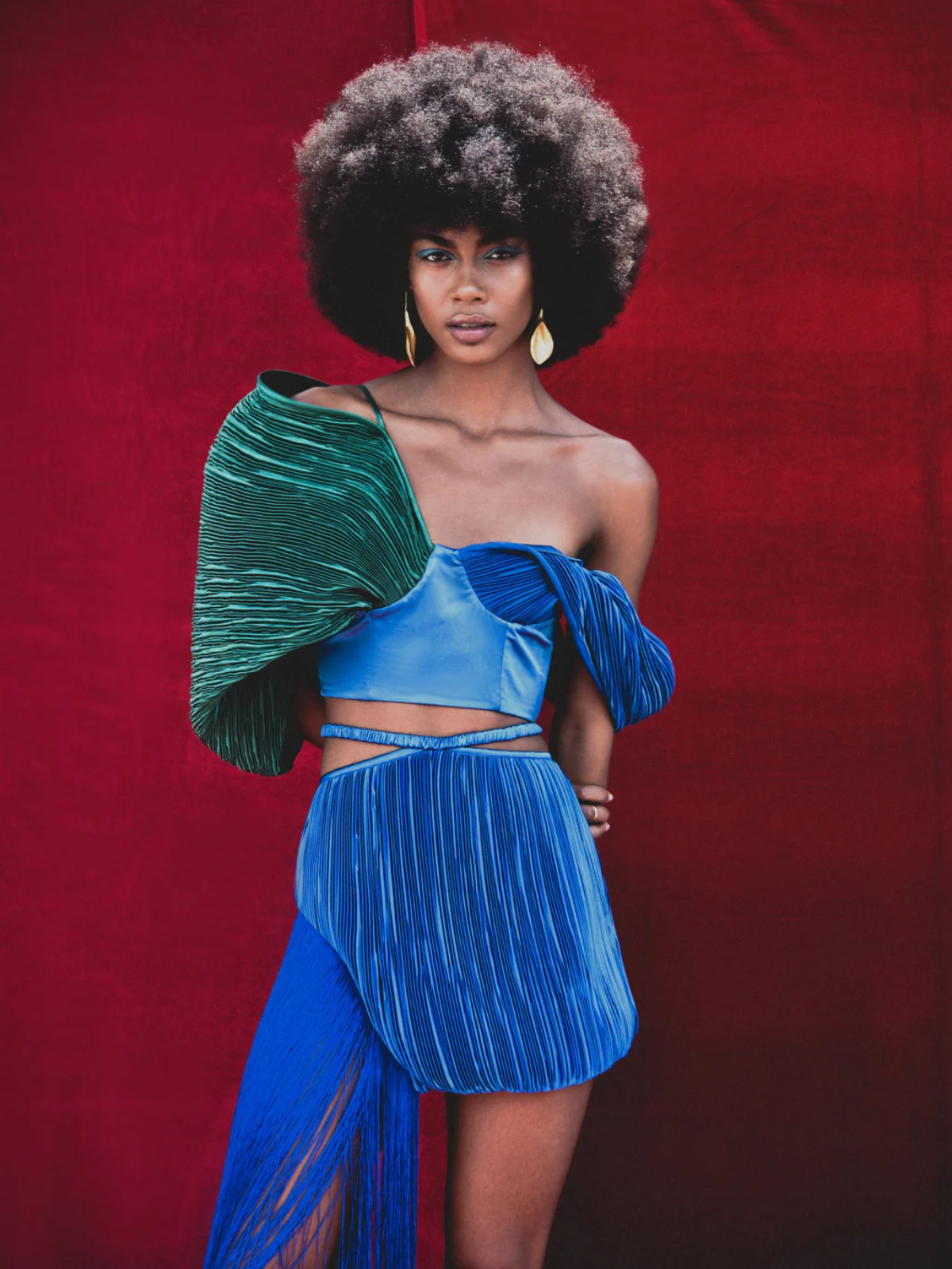
That little bit of elastic you sometimes see on the back or sides of a skirt waistband? It’s a comfort feature, not a sign of poor quality. Called an ‘elastic-back’ or ‘comfort’ waistband, it provides flexibility for movement and slight size fluctuations, making a structured woven skirt much more comfortable for all-day wear.
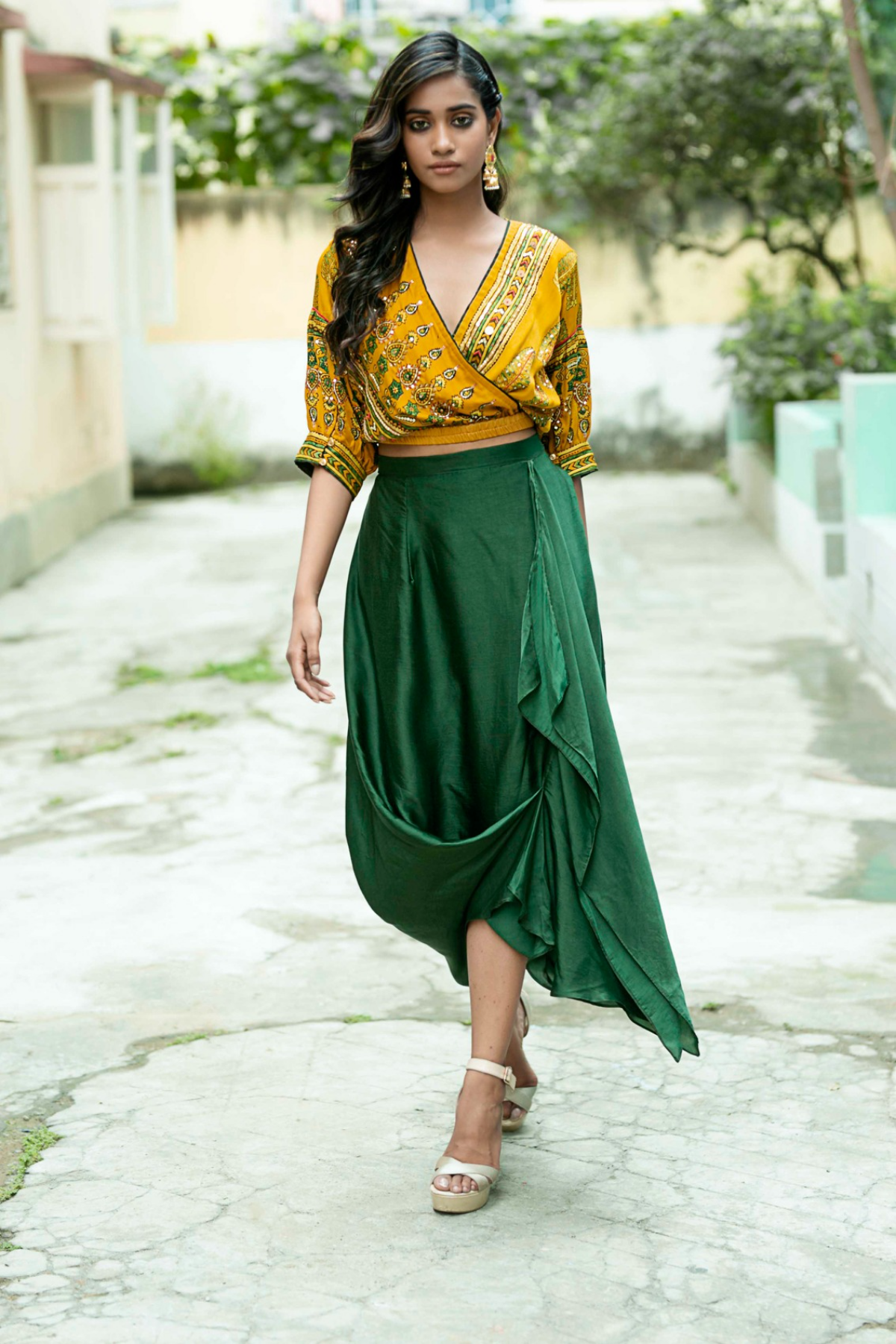
If you love the look of a wrap skirt but hate the potential for wardrobe malfunctions, seek out ‘mock wrap’ or ‘faux wrap’ styles. These skirts offer the flattering diagonal lines and V-neckline effect of a true wrap but are securely stitched in place, giving you all the style with none of the stress.
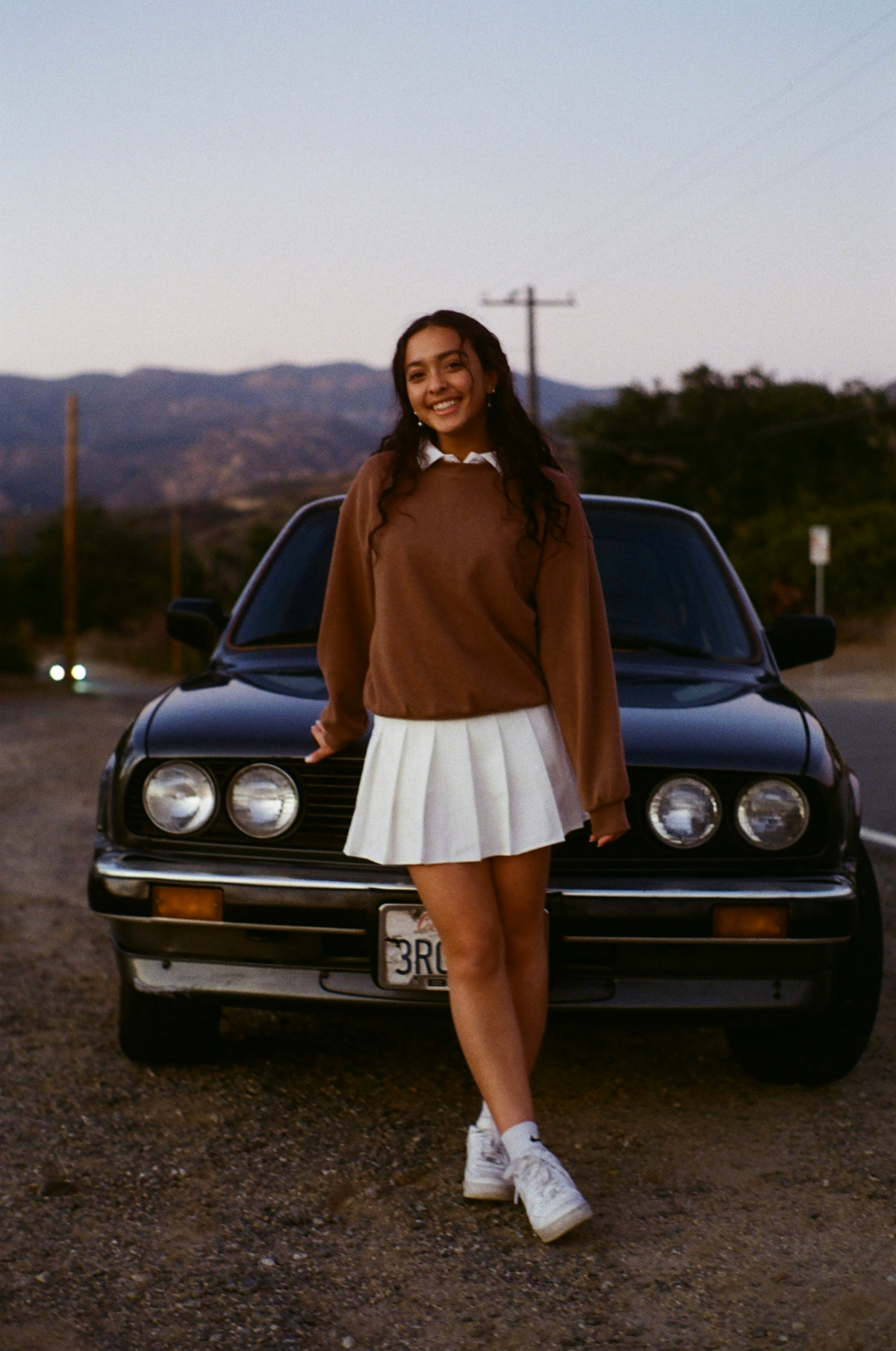
How do I prevent static cling in my synthetic skirts?
Dry air is the enemy. Besides using a humidifier at home, a quick and easy trick is to run the metal part of a wire hanger over the surface of the fabric. The metal discharges the static electricity, instantly releasing the cling. A light spritz of water or running a dryer sheet over the inside works in a pinch, too.
When to use interfacing: That crisp, professional-looking waistband on an A-line or pencil skirt doesn’t happen by magic. It’s supported by interfacing, a non-woven material ironed onto the back of the fabric. It adds structure and stability, preventing the waistband from collapsing or wrinkling. It’s an invisible detail that’s essential for a polished finish.










